NASA will update us all on its Artemis moon landing program on Dec. 5. Here's how to watch live.

© Josh Dinner

© Josh Dinner

© ESA/Webb, NASA & CSA, H. Dannerbauer

© HBO

© Robert Lea (created with Canva)
Author(s): Susan Curtis
The demonstration of the first fully functioning mechanical qubit offers a new platform for quantum information processing and could lead to ultraprecise gravity sensors.
[Physics 17, 172] Published Wed Dec 04, 2024

© 2024 NEO Coordination Centre - European Space Agency (ESA)
In a fabulous feat of formation flying, the European Space Agency’s (ESA) Proba-3 mission, now set to launch Thursday morning, will fly two spacecraft 490 feet (150 meters, or one and a half football fields) apart, at a precision of just 0.04 inch (1 millimeter) — the width of a human fingernail. The launch isContinue reading "Proba-3 launches tomorrow, ready to eclipse the Sun"
The post Proba-3 launches tomorrow, ready to eclipse the Sun appeared first on Astronomy Magazine.


© Polaris Program / John Kraus

© NASA

© NASA/JPL-Caltech/IPAC
Author(s): Charles Day
Nuclear scattering data suggest the possible observation of a predicted but never-observed nuclear vibration.
[Physics 17, s146] Published Wed Dec 04, 2024
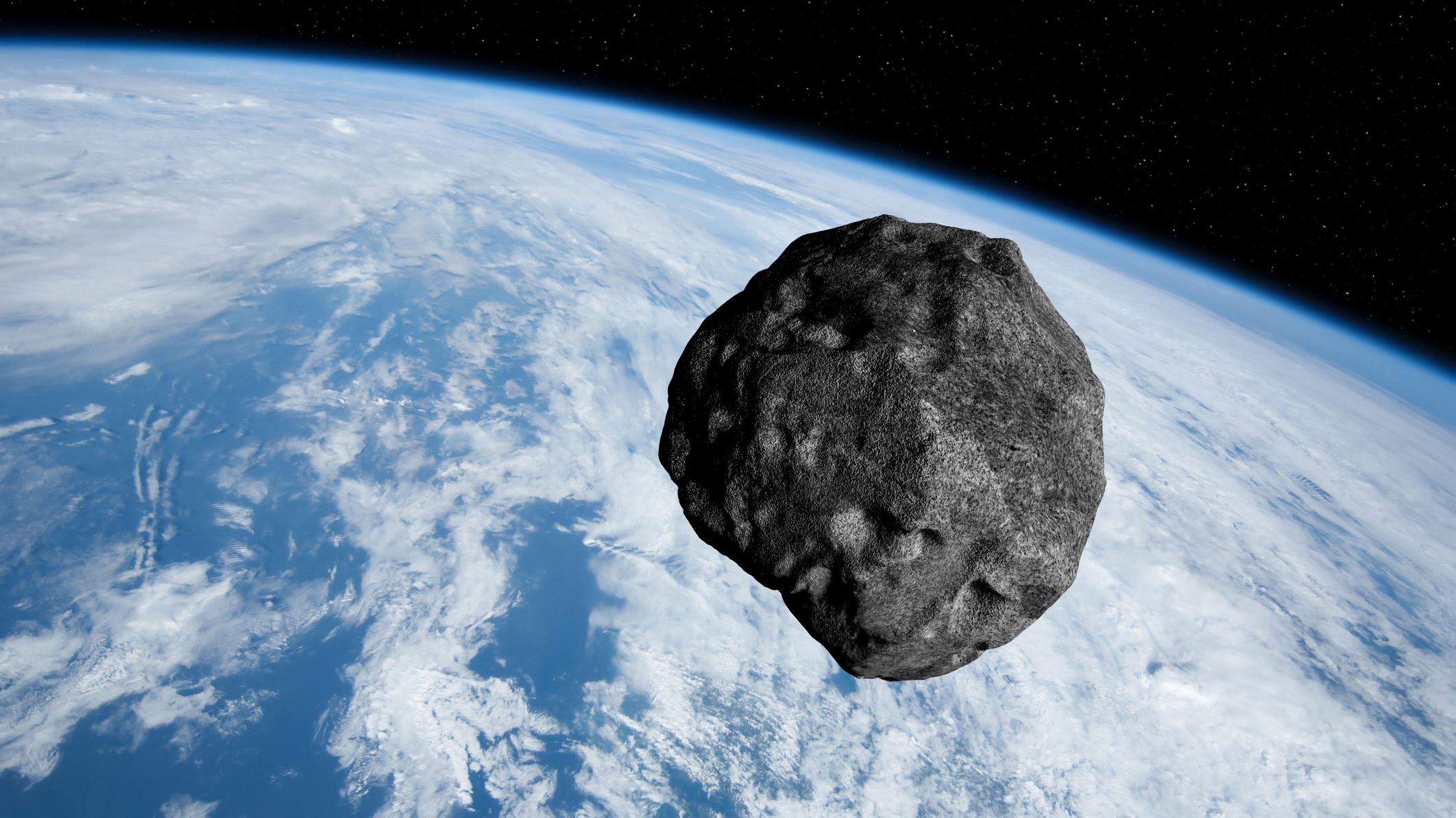
© Getty Images

© Chris Vaughan/Starry Night

© European Space Agency

© NASA Johnson

© SpaceX

© Disney+

© ISRO

© ESA/Hubble & NASA, R. Windhorst, W. Keel
You don’t want to miss Jupiter this month. The giant planet reaches opposition and peak visibility December 7 against the stunning backdrop of Taurus the Bull. Shining at magnitude –2.8, Jupiter dominates the northeastern sky once darkness falls. Although the gas giant lies well north of the celestial equator — less than optimal for usContinue reading "December 2024: What’s in the Southern Hemisphere sky this month?"
The post December 2024: What’s in the Southern Hemisphere sky this month? appeared first on Astronomy Magazine.


© Supermassive Games

© Titan Books
Author(s): David Ehrenstein
Prize-winning videos cover the range from microscopic droplets to global climate.
[Physics 17, 171] Published Tue Dec 03, 2024

© Paramount

© Robert Lea (created with Canva)

© China National Space Administration

© ESA/SIO/NOAA/U.S. Navy/NGA/GEBCO

© Ben Yuen and Angela Demetriadou
Author(s): Rachel Berkowitz
Cell–cell alignment and a background of stationary cells together shape the emergence of cellular clusters in a primary tumor.
[Physics 17, s141] Published Tue Dec 03, 2024

© Disney

© Spacepep's
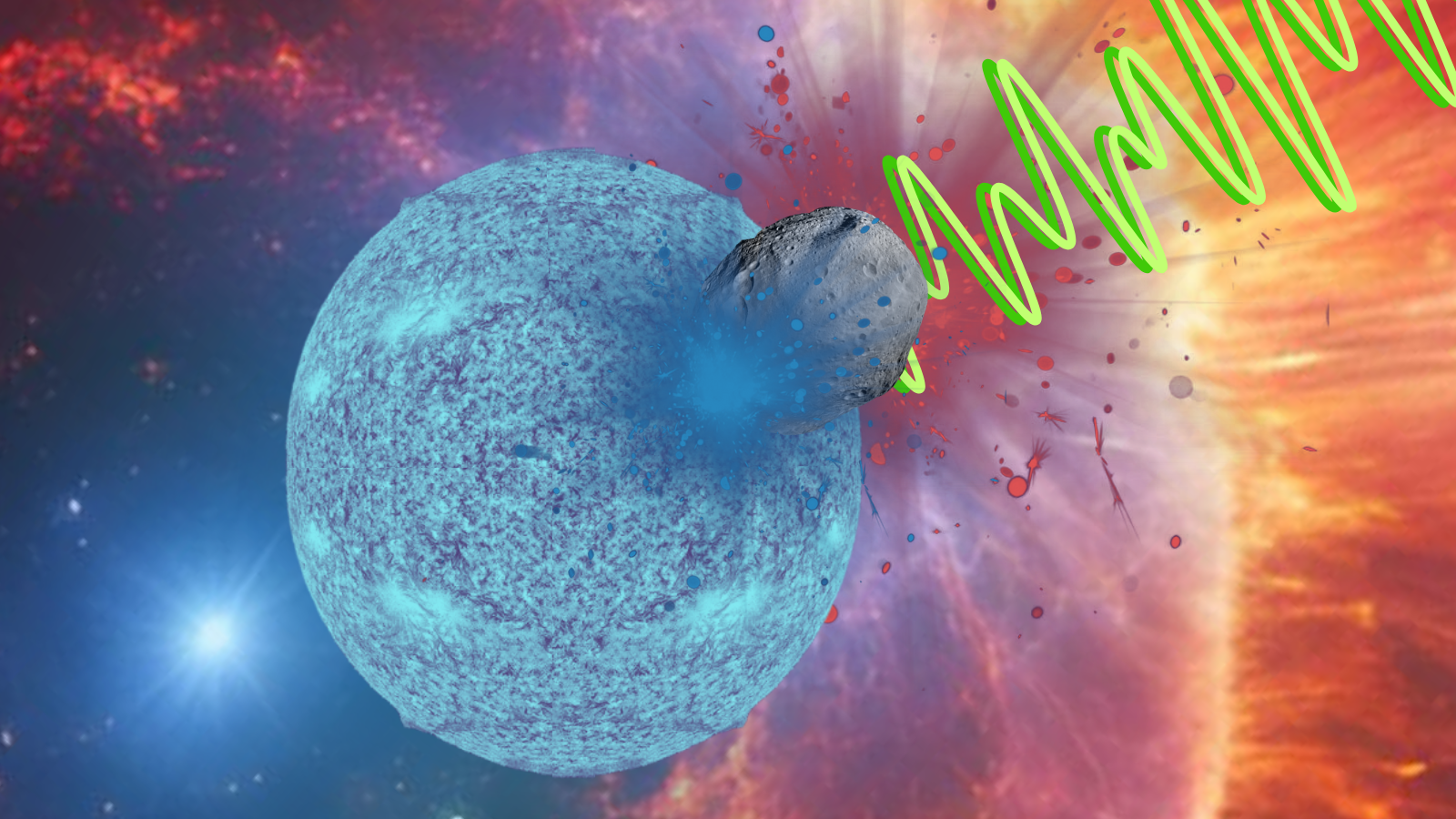
© Robert Lea (Created with Canva)
Most people associate the discovery that faraway galaxies are receding from us — and thus, that the universe is expanding — with Edwin Hubble, thanks to his landmark 1929 paper. It was one of the most fundamental discoveries in the history of science. But Hubble did not discover the expansion. In the 1910s, a LowellContinue reading "Is it time to rename the Hubble constant?"
The post Is it time to rename the Hubble constant? appeared first on Astronomy Magazine.


© Robert Lea (created with Canva)

© Getty
Vega, located in the constellation Lyra, is the fifth-brightest star in the night sky. It is known to be surrounded a disk of particle debris that’s almost 100 billion miles (160 billion kilometers) in diameter. The star and its orbiting disk have been photographed countless times by several observatories and satellites, although it was onlyContinue reading "What is Vega’s smooth-surface secret?"
The post What is Vega’s smooth-surface secret? appeared first on Astronomy Magazine.

Hao Liu, taken in Nanjing, China The name Tsuchinshan was on world’s lips this year when Comet C/2023 A3 — otherwise known as Comet Tsuchinshan-ATLAS — burst into naked-eye view. The name refers to Tuschinshan Observatory (or Purple Mountain Observatory), whose facility in Xuyi was the first to discover the comet. In this image, theContinue reading "Tsuchinshan, take a bow"
The post Tsuchinshan, take a bow appeared first on Astronomy Magazine.


© NASA/SDO

© JAXA/ESA

© NASA

© Getty Images, Nikon, Future

© Robert Lea (created with Canva)
Why do we not see effects of dark matter in our solar system and other nearby star systems? Curran RodeAmmannsville, Texas Dark matter refers to material that does not absorb, reflect, or emit any electromagnetic radiation. Astronomers have ascertained the existence of dark matter through the gravitational influence it exerts over visible matter. In fact,Continue reading "Does dark matter affect our solar system?"
The post Does dark matter affect our solar system? appeared first on Astronomy Magazine.


© Data source: HORIZONS System, JPL, NASA, created by wiki User:Phoenix7777
The story of the inner early Solar System goes something like this: Billions of years ago, there were three rocky worlds with oceans of liquid water. Perhaps all three could have been primed for life. But as Mars lost its atmosphere and Venus’ atmosphere experienced a runaway greenhouse effect, only Earth could support life byContinue reading "Venus may never have had oceans"
The post Venus may never have had oceans appeared first on Astronomy Magazine.


© Xbox

© Future/Amazon

© Amazon
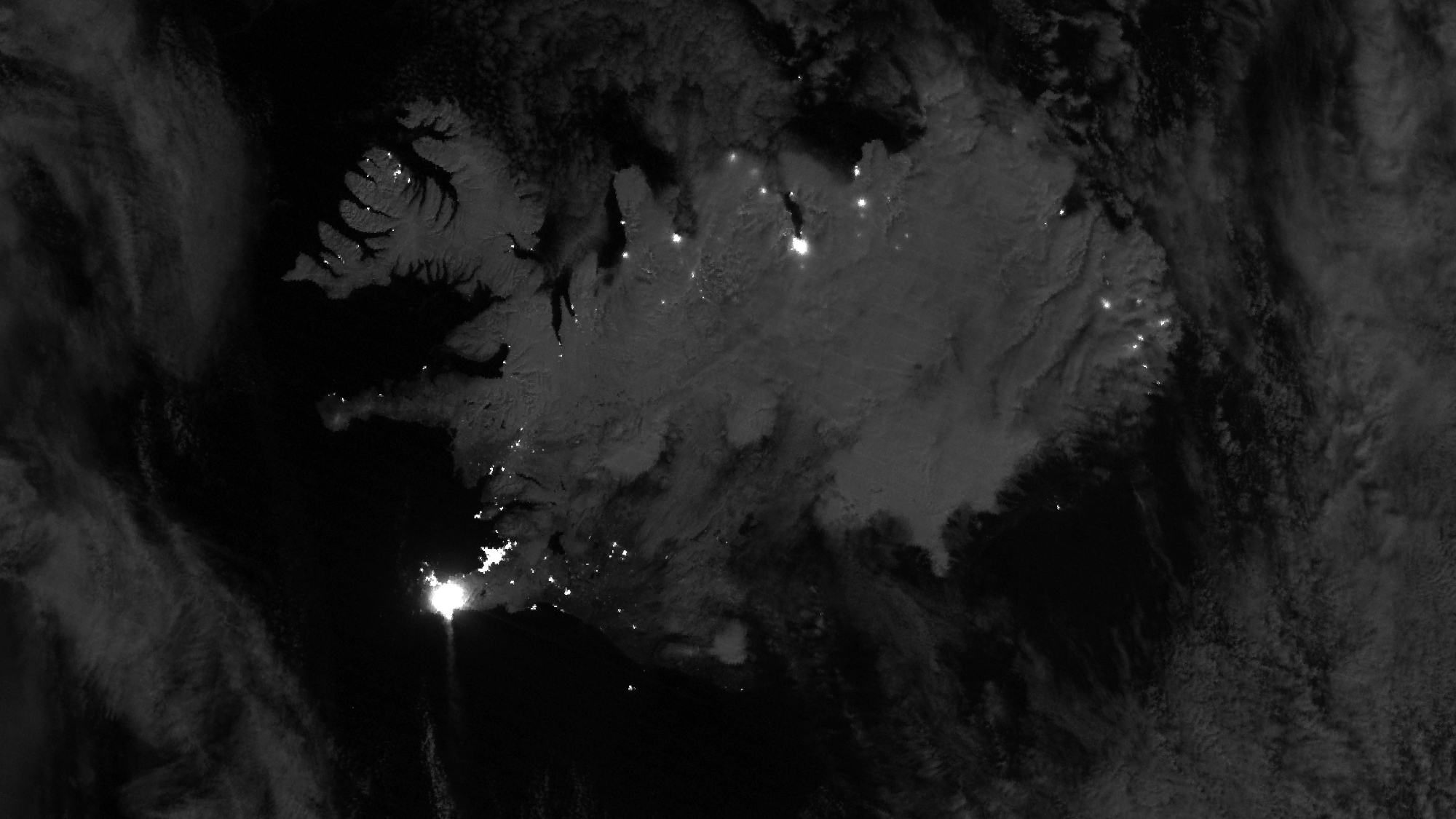
© NASA Earth Observatory images by Michala Garrison, using Landsat data from the U.S. Geological Survey and VIIRS day-night band data from the Suomi National Polar-orbiting Partnership.
In this episode, Dave Eicher invites you to observe the Moon passing by Saturn on the evening of December 7. Both objects at the time will be in the constellation Aquarius the Water-bearer. The Moon will be 43 percent illuminated, or nearly at its First Quarter phase. The Ringed Planet will lie 4 degrees toContinue reading "The Moon passes Saturn: This Week in Astronomy with Dave Eicher"
The post The Moon passes Saturn: This Week in Astronomy with Dave Eicher appeared first on Astronomy Magazine.


© Celestron / Future

© Amazon

© CCTV
Author(s): Philip Ball
A new method for controlling the interactions between ultracold atoms and light could advance efforts to simulate complex quantum systems using atom clouds.
[Physics 17, 170] Published Mon Dec 02, 2024
Author(s): Ryan Wilkinson
A new analysis challenges the claim that a gamma-ray signal observed from a direction near the Milky Way’s center is produced by a dwarf galaxy.
[Physics 17, s147] Published Mon Dec 02, 2024

© Unistellar / Future

© Future / Celestron / Unistellar / Gskyer

© Future/Amazon

© NASA/ARC/MIT

© NASA-JPL, Caltech
It may be cold this month, but now is a great time to get outside and explore Jupiter’s beauty and might. The fifth planet will not only reach opposition on Dec. 7, it will also be at perigee (closest to Earth) on Dec. 6, putting on its biggest and brightest show of the year. KnownContinue reading "Watch Jupiter’s moons in action this month"
The post Watch Jupiter’s moons in action this month appeared first on Astronomy Magazine.


© NASA/Conceptual Image Lab/Goddard Space Flight Center

© HBO/Max

© Argonne National Laboratory/U.S Dept of Energy

© Getty Images, Future, Orzorz

© Future/Getty/Peacock

© Future/Hexeum

© Disney / Lucasfilm Games / Zynga

© Sky-Watcher
Universal manual Penguin Random HouseNew York, NY The beauty and science of space combine in the book Smithsonian Atlas of Space. This 400-page hardback, created by NASA’s Chief Historian Roger D. Launius, features illustrations, maps, and images detailing humanity’s understanding of the universe from ancient times to modern day. It also includes profiles of someContinue reading "Festive astronomy products for everyone on your list"
The post Festive astronomy products for everyone on your list appeared first on Astronomy Magazine.


© USGS

© Future/Amazon

© Chris Vaughan/Starry Night
Jupiter reaches its best apparition in a decade for northern observers and offers a wealth of detail. Joining in late evening is brilliant Mars, now a month from opposition. Saturn is visible in the early evening, along with Venus soon after sunset. Uranus and Neptune remain visible with binoculars, and Mercury makes a fine morningContinue reading "December 2024: What’s in the sky this month? Jupiter reaches its best Northern Hemisphere opposition in a decade"
The post December 2024: What’s in the sky this month? Jupiter reaches its best Northern Hemisphere opposition in a decade appeared first on Astronomy Magazine.

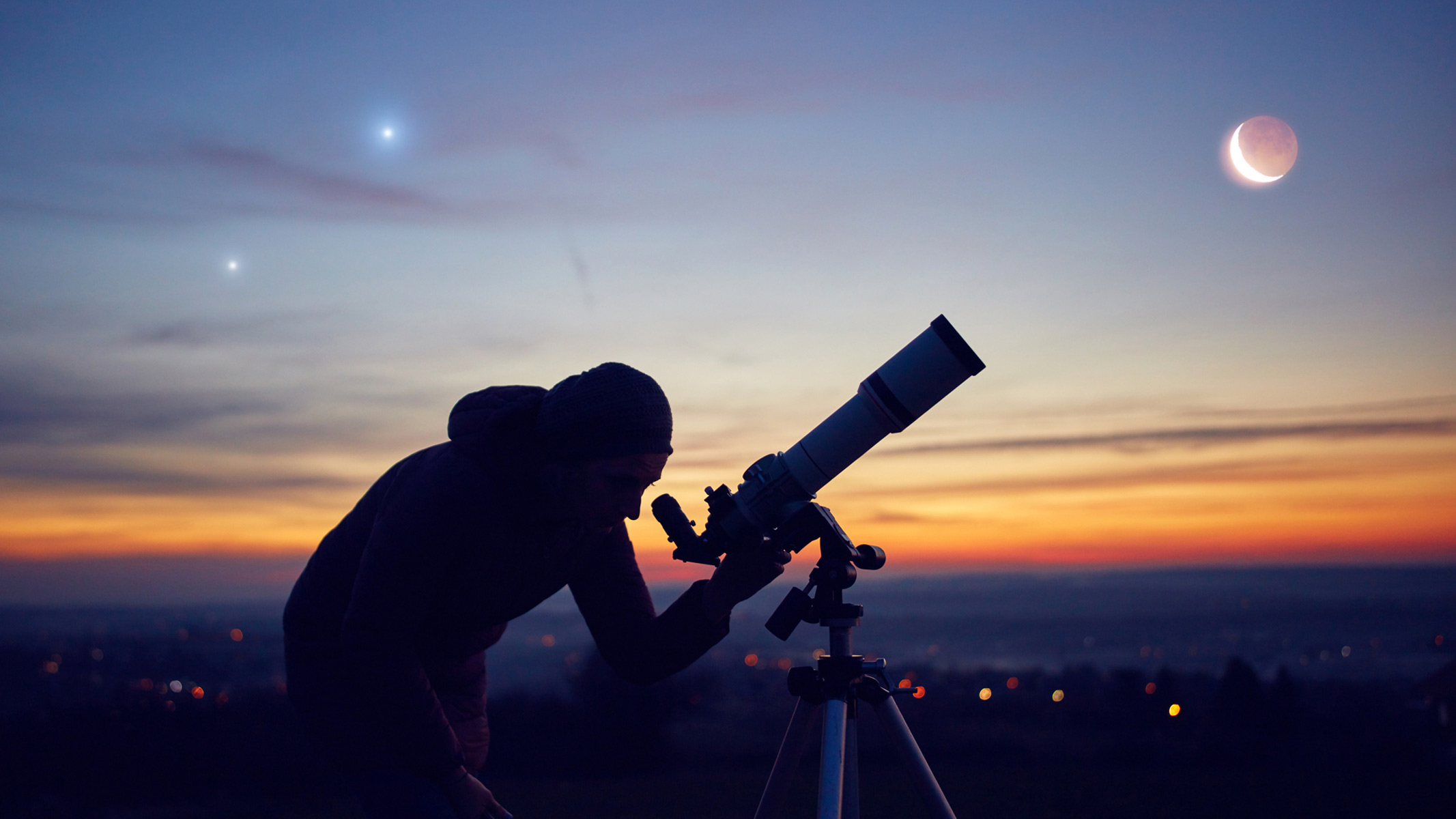
© Getty

© ispace

© Amazon.

© Apple TV+

© Best Buy.

© EA / Respawn

© Warner Bros.

© Future / Hasbro

© Amazon
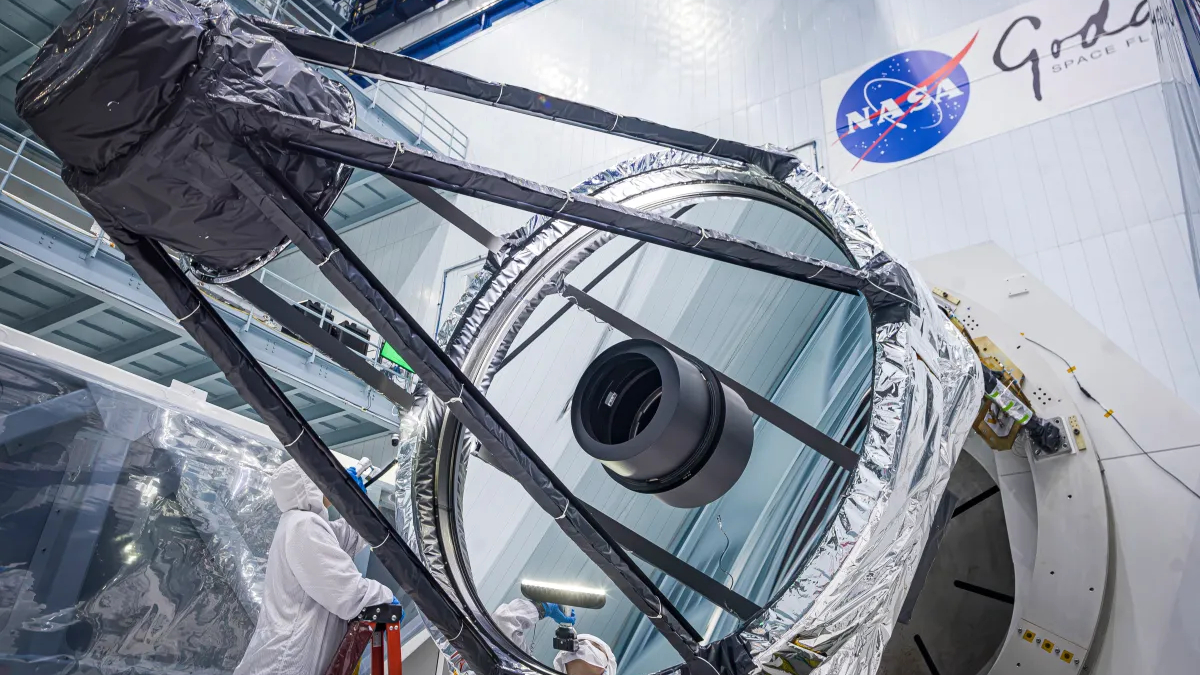
© NASA/Chris Gunn
Behyar Bakhshandeh from Carlsbad, California Resembling an outstretched hand, the Helping Hand in Cassiopeia consists of the dark nebulae LDN 1355/7/8, which overlie a region of reflection nebulosity cataloged as LBN 643. This imager took 9 hours of exposure on a 4.2-inch scope in LRGB filters.
The post Need a hand? appeared first on Astronomy Magazine.


© SpaceX

© Lego / Future

© ESO/Digitized Sky Survey 2/N, Risinger (skysurvey.org) ESO/L. Calçada/University of Warwick

© SpaceX
If you have a telescope, or access to one, now’s the time to point it at Jupiter. The largest planet in our solar system reaches opposition December 7. That means it’s directly opposite the Sun from our viewpoint here on Earth. It rises at sunset, sets at sunrise, and is visible all night. During theContinue reading "See Jupiter at its best"
The post See Jupiter at its best appeared first on Astronomy Magazine.


© Estes/Future

© Future / Lego

© Amazon
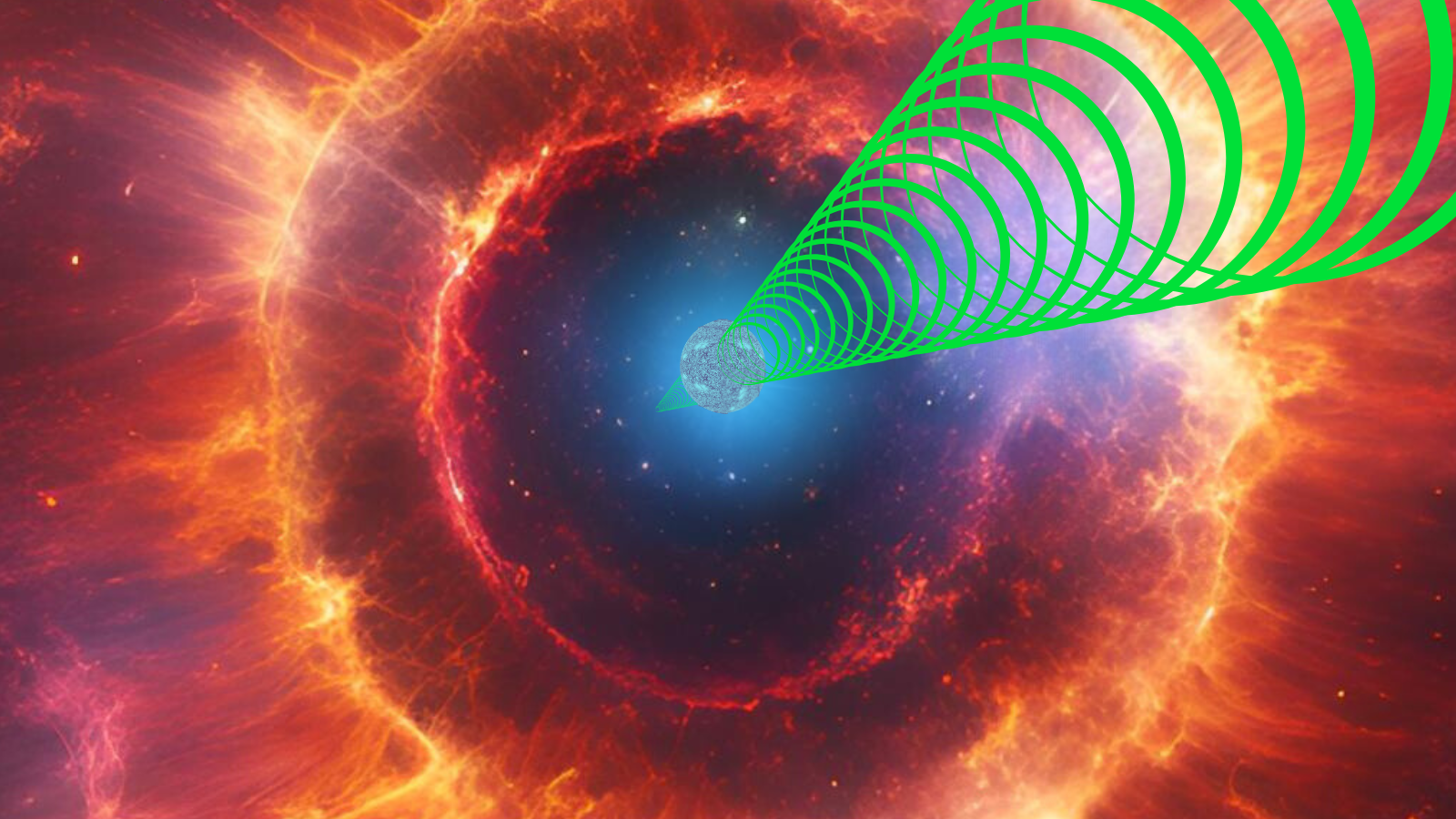
© Robert Lea (created with Canva)

© B&H Photo/Future.

© NASA

© NASA/ MIRI/ NIRCam/ Giuseppe, et al 2024/ EWOCS

© Lego

© Amazon

© Amazon
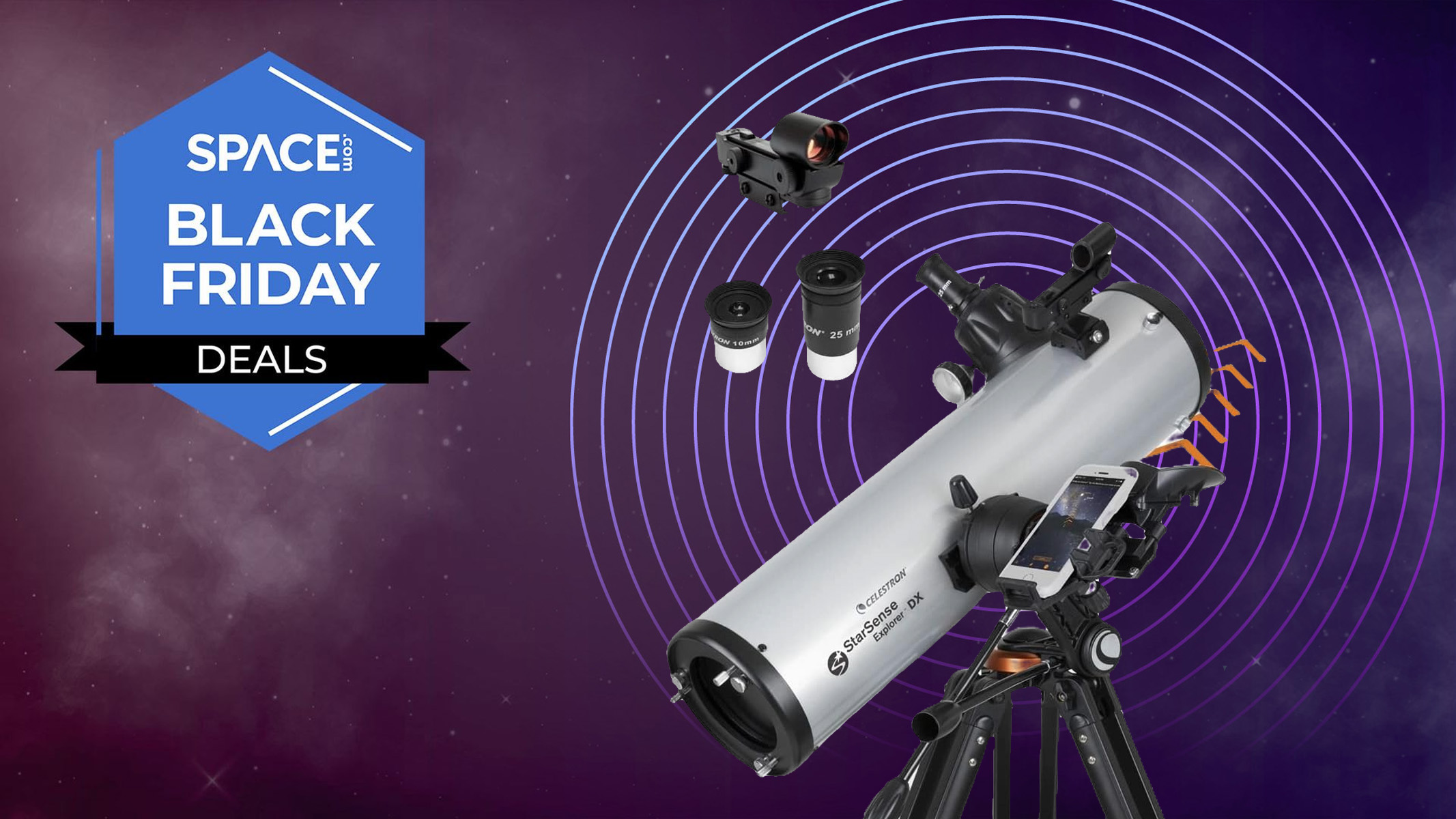
© Future / Celestron

© Amazon/Future.
Chattanooga, Tennessee, is a favorite city of mine. Not only is it an incredibly beautiful place, with Moccasin Bend in the Tennessee River tucked near the downtown area, but breathtaking views of the whole region await from the towering plateaus of Lookout Mountain and Missionary Ridge, arranged neatly around the city’s perimeter. Moreover, for aContinue reading "Firecrown opens revolutionary Space Store in Chattanooga"
The post Firecrown opens revolutionary Space Store in Chattanooga appeared first on Astronomy Magazine.


© HBO

© Hasbro / Future

© Planet Observer/Universal Images Group via Getty Images

© Apple / Future

© NASA

© Lego/Future

© Disney/Future

© Future / Celestron

© Hasbro/Future

© Science Photo Library via Getty Images

© Space/Lego

© Fussion/Future
Friday, November 29Pegasus the Winged Horse might be the most well-known horse-themed star pattern in the sky, but he is not alone. Once you find Pegasus, slowly sinking in the west this evening after sunset, next locate Enif, the star that typically is drawn marking Pegasus’ nose or mouth. Just below (west of) this starContinue reading "The Sky This Week from November 29 to December 6: The Moon meets Venus"
The post The Sky This Week from November 29 to December 6: The Moon meets Venus appeared first on Astronomy Magazine.


© Amazon

© DJI / Future

© Titan Books

© Nikon/Future

© NASA/Irina Kitiashvili and Timothy A. Sandstrom

© Leica/Future

© NASA's Goddard Space Flight Center

© Amazon

© Future

© Lucasfilm/Disney+

© Celestron/Future

© dottedhippo/iStock/Getty Images Plus
Through the ages, humans have tried to preserve their knowledge and treasures in various repositories, and some of those storehouses have been massive in scale. The library of Ashurbanipal, assembled 700 years before the life of Jesus of Nazareth, is the oldest known collection of human knowledge. Ashurbanipal located his collection of 30,000 cuneiform tabletsContinue reading "How the Moon can save Earth"
The post How the Moon can save Earth appeared first on Astronomy Magazine.


© Amazon

© NASA

© Paramount

© NASA/JPL–Caltech/ESO/S. Brunier

© Space/Canon

© Govee

© Haribo/NASA/collectSPACE.com
Team ShaRA; data acquired via Chilescope in Rio Hurtado, Chile The latest collaborative processing effort from Team ShaRA targets the Small Magellanic Cloud, working with 13.7 hours of data captured with a cooled CCD camera and 200mm f/2 Nikon lens operated by the Chilescope service. Numerous star-forming emission nebulae are visible, as are details inContinue reading "No small task"
The post No small task appeared first on Astronomy Magazine.


© Space/Nikon
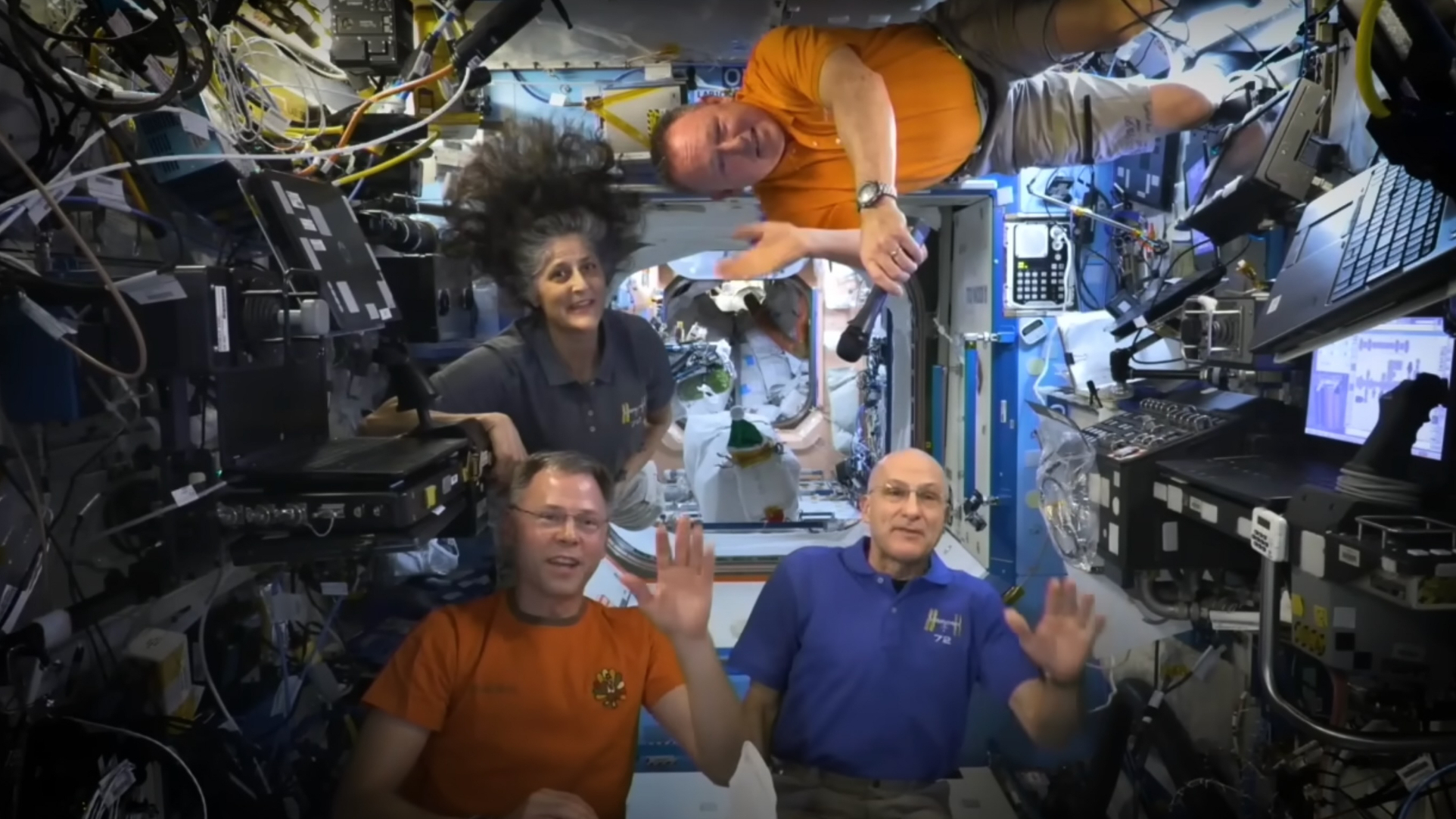
© NASA

© NASA/JPL-Caltech

© Robert Lea (created with Canva)/NASA/JAXA, University of Tokyo, Kochi University, Rikkyo University, Nagoya University, Chiba Institute of Technology, Meiji University, Aizu University, AIST
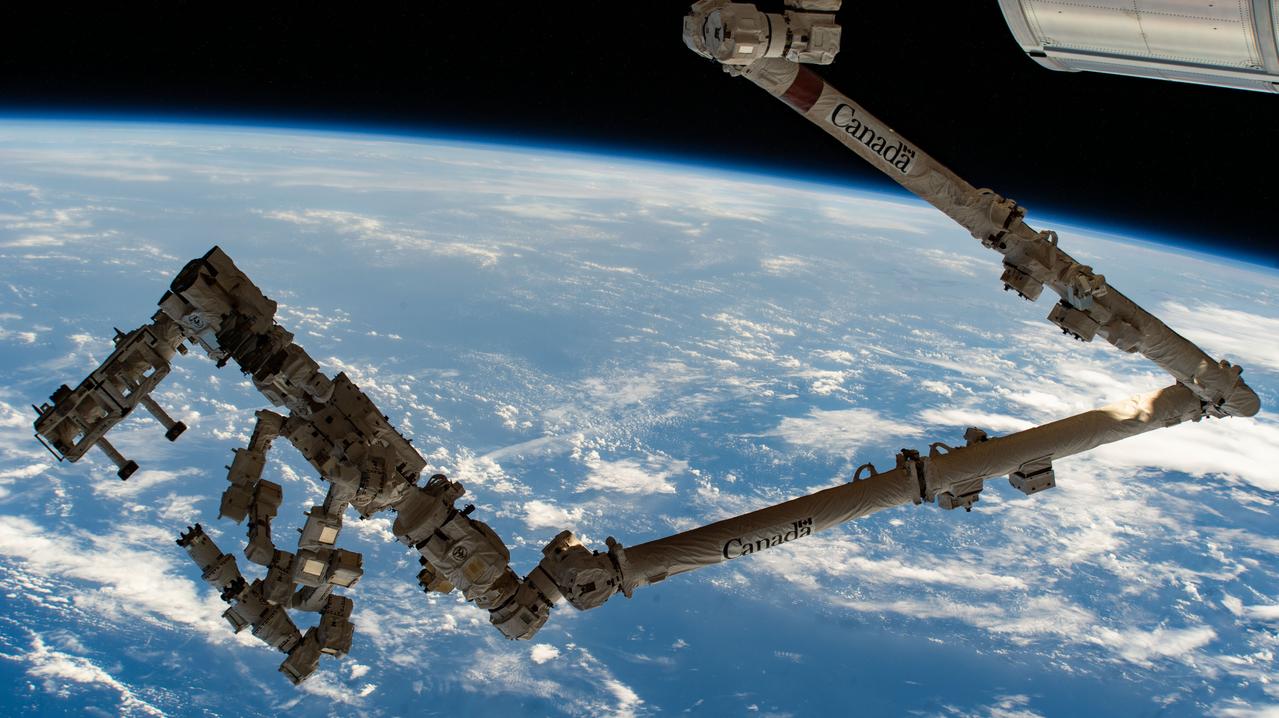
© NASA
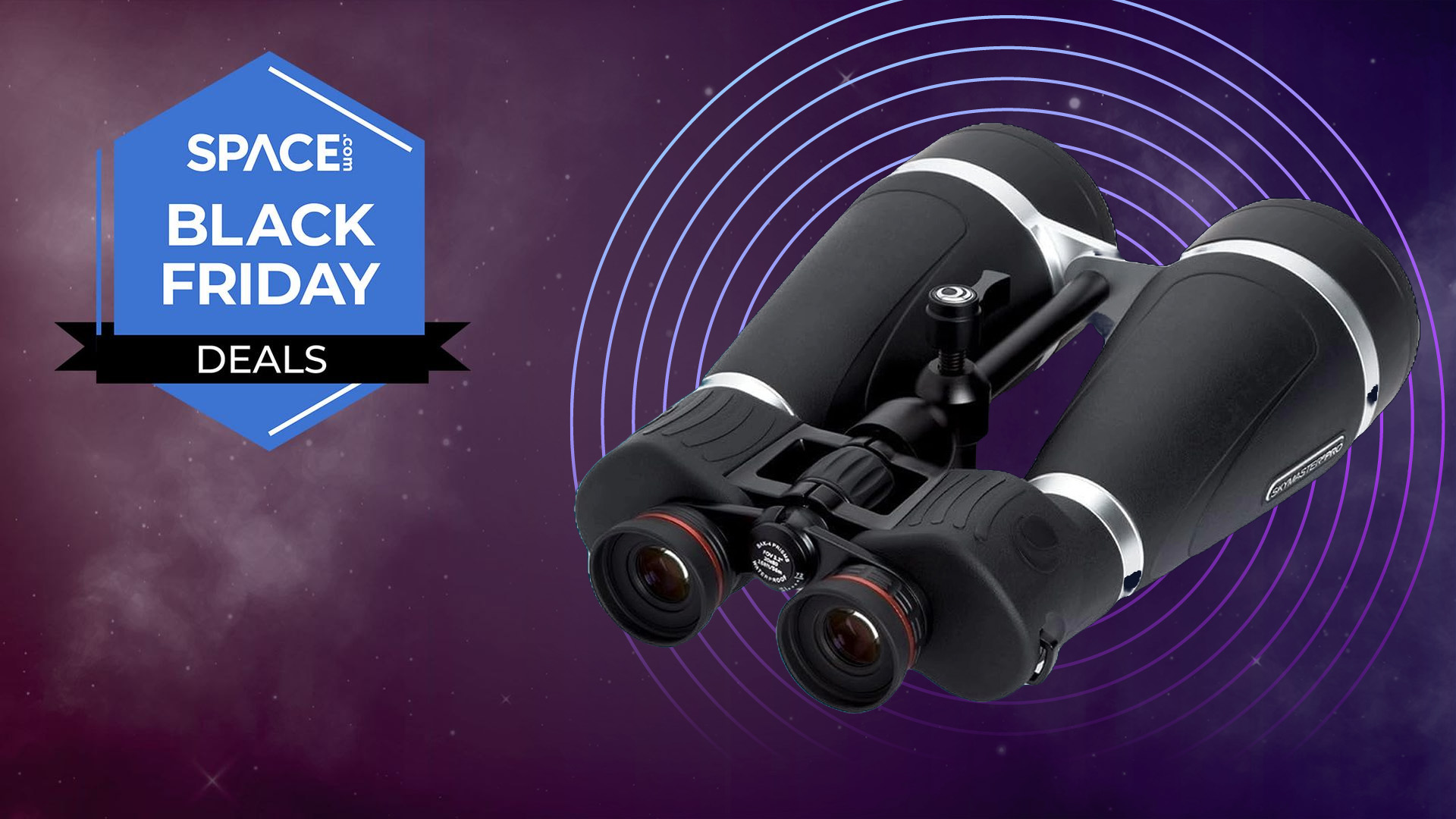
© Celestron / Future

© Blisslights / Future

© Two-Meter Twin Telescope / Light Bridges / Instituto de Astrofísica de Canarias

© CCTV

© Celestron / Future

© Future/Hasbro

© Sanjaya Paudel et al 2024 ApJL / Legacy survey viewer
Author(s): Charles Day
Researchers used machine learning to optimize the process by which a tiny cage is opened to release a molecule.
[Physics 17, 169] Published Wed Nov 27, 2024
Author(s): Rachel Berkowitz
Forces imposed by laser light can manipulate the shape of a membrane’s vibrational modes.
[Physics 17, s148] Published Wed Nov 27, 2024

© Alan Dyer/VW PICS/Universal Images Group via Getty Images

© Unistellar/Future

© Sen
Astronauts aboard the International Space Station may be far from family and friends this Thanksgiving, but will still enjoy a festive meal. The SpaceX CRS-31 supply mission that docked Nov. 5 carried some 2,119 pounds (961 kilograms) of crew supplies. Among those supplies are holiday treats for the eight astronauts currently manning the station, whichContinue reading "How astronauts celebrate Thanksgiving in space"
The post How astronauts celebrate Thanksgiving in space appeared first on Astronomy Magazine.


© United Launch Alliance

© Lego/Space

© Space/Nikon

© CMSA/CCTV
The James Webb Space Telescope (JWST) shows off its infrared capabilities once again in new imaging of the well-known Sombrero Galaxy, otherwise known as Messier 104. By resolving the thickly textured dust clouds in the outer disk and toning down the brilliant central star glow, JWST shows a whole new side of the famous galaxy.Continue reading "The Sombrero Galaxy doffs its cap to the power of JWST"
The post The Sombrero Galaxy doffs its cap to the power of JWST appeared first on Astronomy Magazine.


© Lego

© Disney+

© Troy Tsubota and Michael Wong (UC Berkeley)/Hubble Space Telescope

© NASA/SpaceX

© Aspyr/Lucasfilm Games

© Disney/Pixar

© JAXA
Author(s): Charles Day
Observations confirm a theoretical model explaining how—in Earth’s magnetosphere—large-scale magnetic waves heat up the magnetosphere’s plasma by transferring their energy to smaller-scale acoustic waves.
[Physics 17, 168] Published Tue Nov 26, 2024

© NASA
NASA has picked SpaceX and Blue Origin to deliver a lunar rover and habitat to the moon within the next decade. The space agency last week announced it will assign two lunar cargo demonstration missions—one to each partner—under the companies’ contracts to build human landing systems (HLS) for the Artemis moon mission program. SpaceX and Blue Origin are working under multibillion-dollar dealsContinue reading "NASA picks SpaceX, Blue Origin to fly lunar rover and habitat to the Moon"
The post NASA picks SpaceX, Blue Origin to fly lunar rover and habitat to the Moon appeared first on Astronomy Magazine.

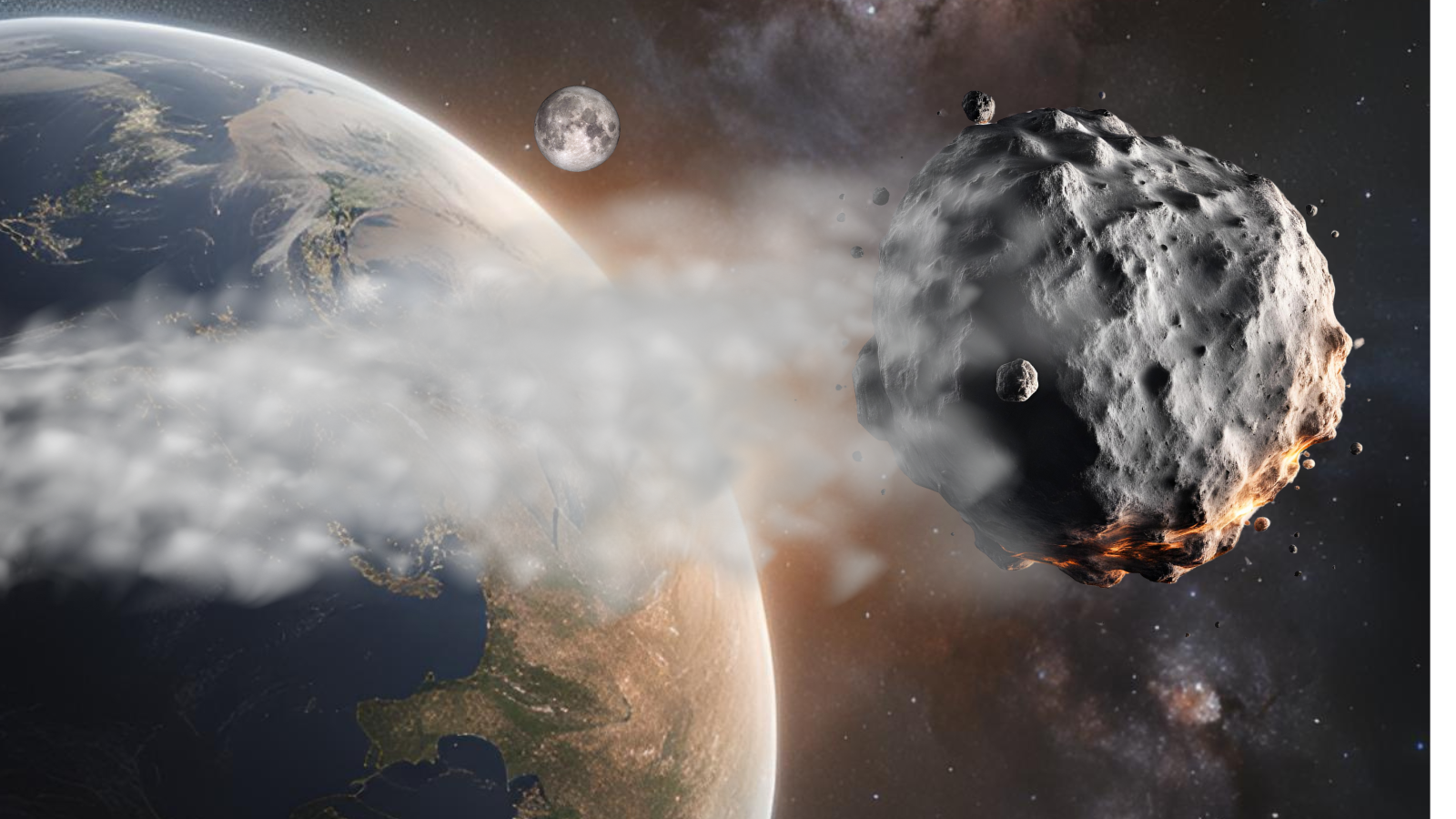
© Robert Lea (created with Canva)

© Space.com

© X-ray: NASA/CXC/Stanford Univ./M. de Vries et al.; Optical: (Hubble) NASA/ESA/STScI and (Palomar) Hale Telescope/Palomar/CalTech; Image Processing: NASA/CXC/SAO/L. Frattare

© Disney/Future
For decades, astronomers have puzzled over how the supermassive black holes residing in the center of galaxies form. Now, researchers may have found the biggest clue yet to how these monstrous objects — weighing millions of solar masses — came to exist. An international team used the James Webb Space Telescope’s (JWST) high sensitivity toContinue reading "This black hole is gulping material 40 times faster than the theoretical limit"
The post This black hole is gulping material 40 times faster than the theoretical limit appeared first on Astronomy Magazine.


© Space/Celestron

© Hulu/Future

© AMC / Future

© Discovery
Author(s): David Ehrenstein
Erbium and similar elements provide a wide range of electronic “handles” for manipulating atoms in many-body quantum experiments.
[Physics 17, s151] Published Tue Nov 26, 2024

© NASA’s Goddard Space Flight Center

© ESA Science Office
Michael Sussman/Warren Keller The Fish Head Nebula (IC 1795) lies at the corner of the Heart Nebula (Sharpless 2–190) in Cassiopeia, forming a large stellar nursery laced with dark dust lanes. The imagers collected 27.6 hours of data in SHO filters with a 5-inch scope.
The post On the plate appeared first on Astronomy Magazine.


© NASA

© Fututre/Amazon

© Celestron

© NASA

© Max/Future

© SpaceX

© FX/Hulu

© NASA/Johns Hopkins APL/Steve Gribben

© NASA/ESA/CSA/STScI
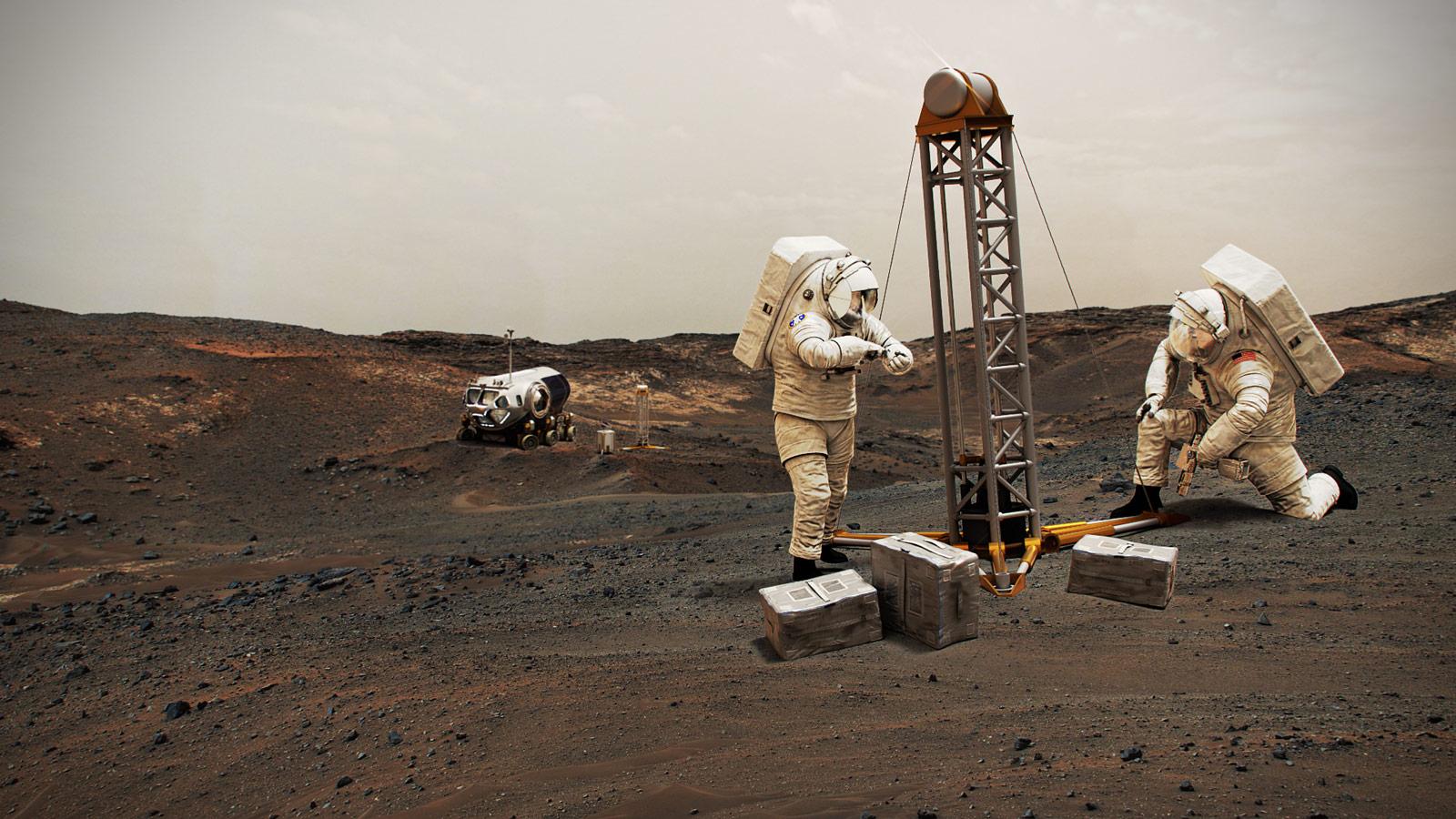
© NASA

© NASA, ESA, Mark Showalter (SETI Institute), Amy Simon (NASA-GSFC), Michael H. Wong (UC Berkeley), Andrew I. Hsu (UC Berkeley)
In 1986 and 1989, Voyager 2 made the final two stops on its grand tour of the outer solar system when it swept by Uranus and Neptune, respectively. Now, nearly 40 years later, the archive of data the craft collected is still returning unexpected results. In a paper published today in PNAS, astronomer Burkhard MilitzerContinue reading "Uranus and Neptune have weird magnetic fields — this might be why"
The post Uranus and Neptune have weird magnetic fields — this might be why appeared first on Astronomy Magazine.


© Future/Peacock

© NASA

© Robert Lea (created with Canva)/ Kokorev et al 2024

© NASA/US Army/Pictorial Parade/Archive Photos/Getty Images
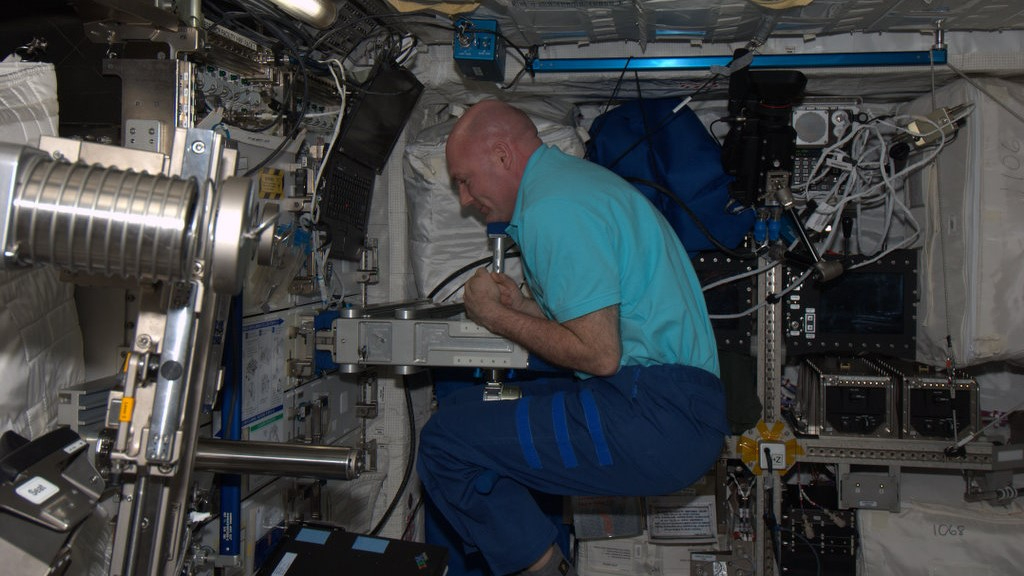
© NASA/ESA
China’s lunar exploration program continues to rack up impressive scientific results. Their methodical progression of lunar orbiters, landers, and sample return missions display a consistent national effort to explore and understand the Moon in the 21st century. Unlike the early American and Russian lunar probes at the dawn of the Space Age that often endedContinue reading "Chang’e 6 shakes up our knowledge of the Moon’s farside"
The post Chang’e 6 shakes up our knowledge of the Moon’s farside appeared first on Astronomy Magazine.


© Firefly Aerospace

© Collaboration MPIK/H.E.S.S.
Author(s): Carmelo Evoli
A new analysis of more than a decade’s worth of observations extends the spectrum of cosmic-ray electrons to unprecedented high energies.
[Physics 17, 165] Published Mon Nov 25, 2024

© HBO Max/Warner Bros.

© SpaceX

© ESA/Herschel/PACS/MESS Key Programme Supernova Remnant Team; NASA, ESA and Allison Loll/Jeff Hester (Arizona State University)
With the Moon’s terminator moving almost 10 mph (16 km/h) across its equator, how long would it take for an observer using binoculars to notice a change in lunar features? Gary GarcharSan Jose, California The lunar terminator, the sunset/sunrise line that sweeps across the Moon’s surface as the Moon orbits Earth, travels at a rateContinue reading "How long would it take for an observer using binoculars to notice the Moon’s terminator moving?"
The post How long would it take for an observer using binoculars to notice the Moon’s terminator moving? appeared first on Astronomy Magazine.


© Ugur Yildirim/ dia images via Getty Images
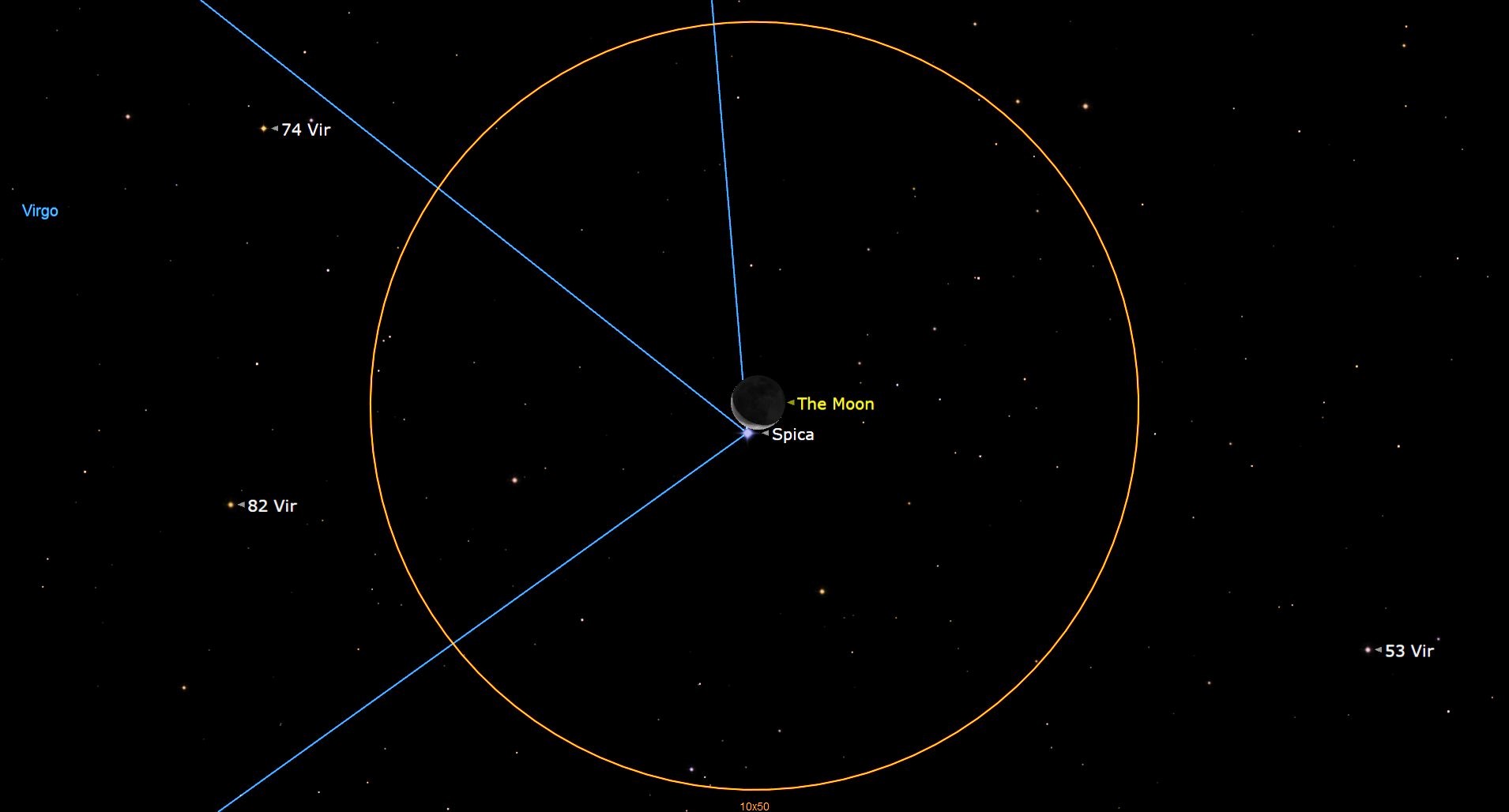
© Chris Vaughan/Starry Night

© SpaceX

© Paramount+

© NASA

© Illfonic

© NASA/JPL-Caltech

© NASA/Lonnie Shekhtman
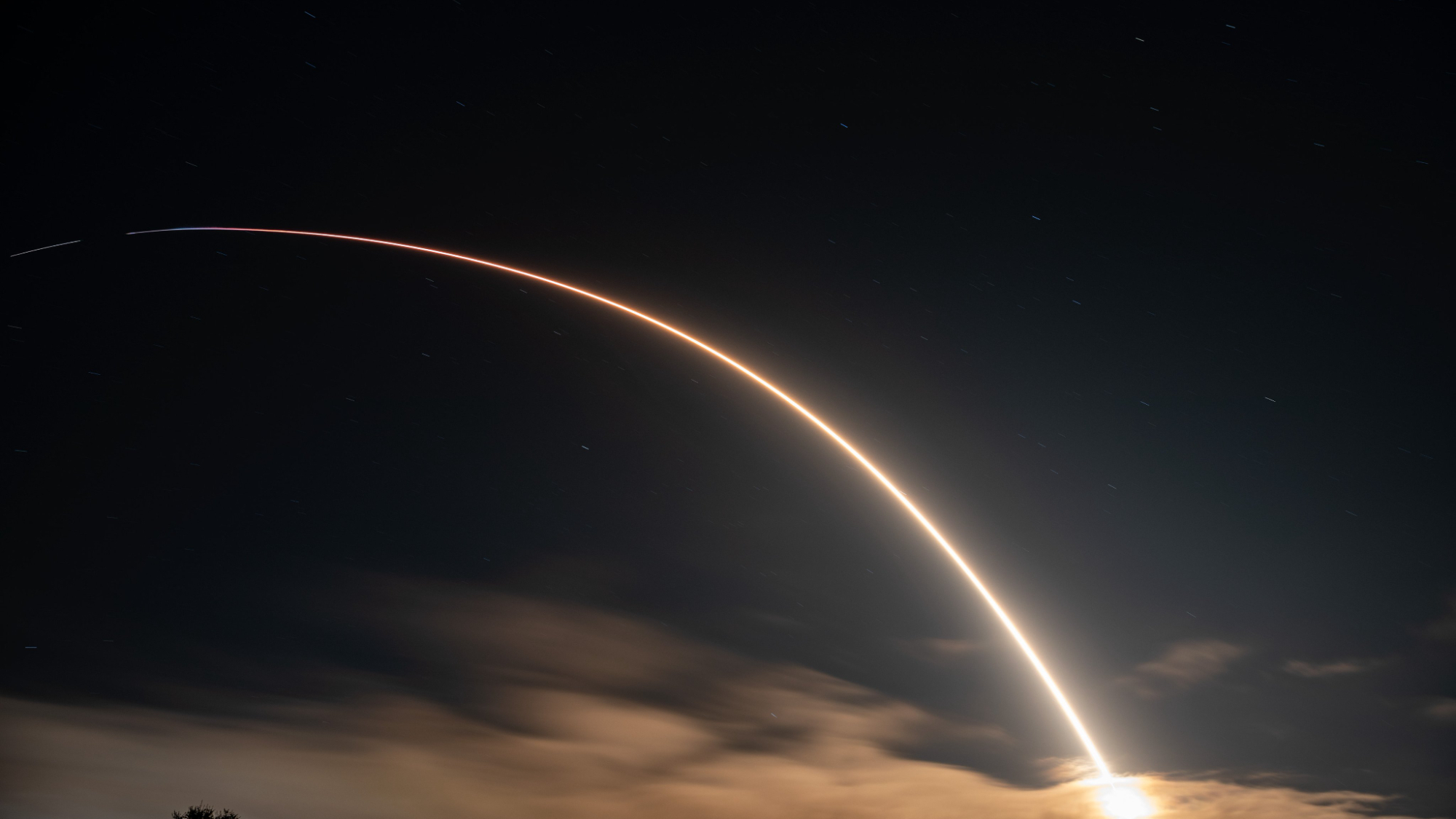
© SpaceX

© Space/Paramount

© Apple TV+

© TWiT

© Warner Bros

© Electra

© Rocket Lab via X
In the 1960s, celebrated radio astronomer Frank Drake proposed his eponymous equation, which attempted to wrangle with the probability of finding extraterrestrial life — at least, the kind that we could identify through radio broadcasts — somewhere out there in the universe. One of the key parameters of that formulation is the rate of starContinue reading "Dark energy sheds light on life in the cosmos"
The post Dark energy sheds light on life in the cosmos appeared first on Astronomy Magazine.


© Blue Origin

© NASA Goddard Space Flight Center

© NASA/Curtin University
David Gluchowski, taken from Brooklyn, New York The Lion Nebula (Sharpless 2–132) is a faint emission nebula lit by young hot stars; their winds and radiation are expanding outward, forming shock waves that comprise many of the lion’s features. This shot also accentuates the play of light and shadow around the lion’s “head”. The imagerContinue reading "The Lion’s markings"
The post The Lion’s markings appeared first on Astronomy Magazine.



© William Herschel Telescope Enhanced Area Velocity Explorer (WEAVE) wide-field spectrograph in La Palma, Spain

© Space/DJI
Scientists seeking the secrets of the universe would like to make a model that shows how all of nature’s forces and particles fit together. It would be nice to do it with Legos. But perhaps a better bet would be connecting everything with strings. Not literal strings, of course — but tiny loops or snippetsContinue reading "String theory is not dead yet"
The post String theory is not dead yet appeared first on Astronomy Magazine.


© Amazon

© Kennedy Space Center Visitor Complex
Author(s): Sachin Rawat
A new recipe for making hydrogels delivers a material that is both flexible and semiconducting—desired properties for interfaces in implantable medical devices.
[Physics 17, 167] Published Fri Nov 22, 2024

© Blue Origin

© NASA/Ben Smegelsky

© Lego/Space
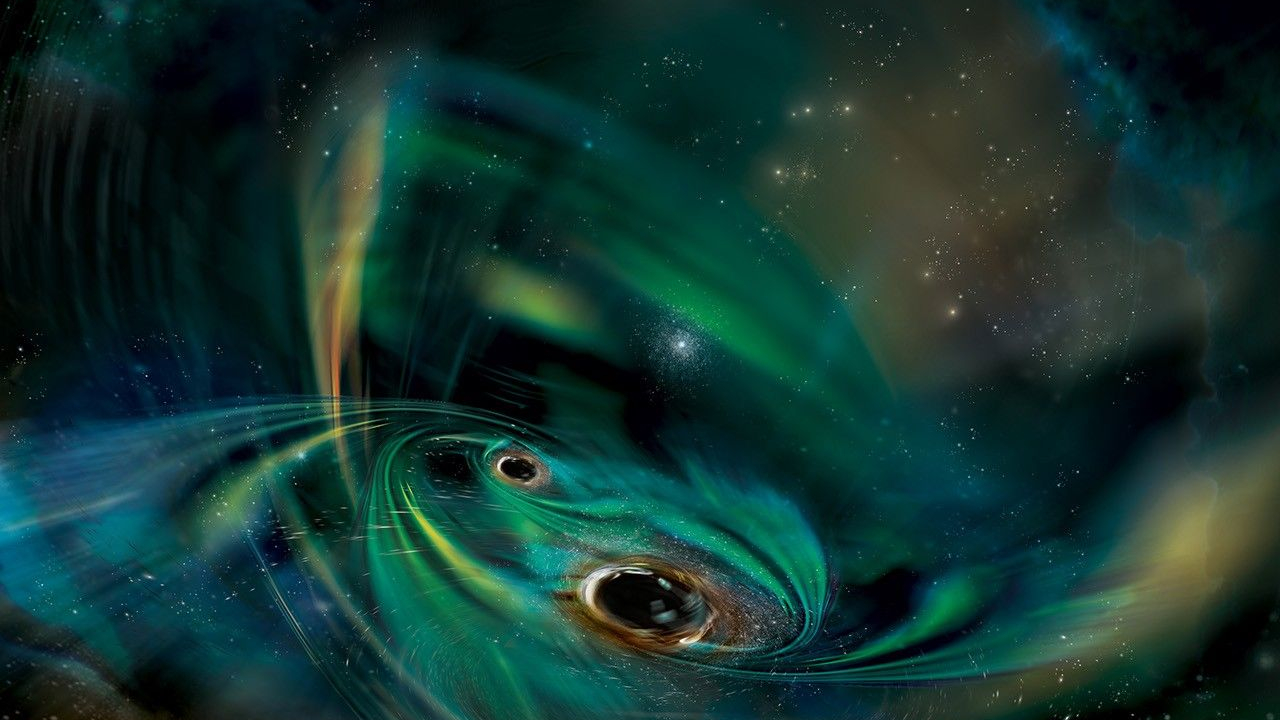
© NASA/Aurore Simonnet (Sonoma State University
The James Webb Space Telescope (JWST) is well-known for discovering young, bright galaxies in the very early universe. How such regions, bursting with stars, formed so quickly and survived is enticing researchers to rethink cosmic evolution. A recent study published in Monthly Notices of the Royal Astronomical Society: Letters uses JWST data to probeContinue reading "JWST spots more light than expected in the early universe"
The post JWST spots more light than expected in the early universe appeared first on Astronomy Magazine.


© Lunar Outpost/SpaceX

© Lego/Space

© Robert Lea (created with Canva)

© Ian Stokes / Future

© Matt Morris
Friday, November 22Last Quarter Moon occurs at 8:28 P.M. EST, leaving most of the evening dark for deep-sky observing. About two hours after sunset, you’ll find the Great Square of Pegasus high in the southeastern sky. The Winged Horse is home to a fabulous globular cluster, M15, which just barely hits naked-eye magnitude at 6.2.Continue reading "The Sky This Week from November 22 to 29: Venus lingers long after sunset"
The post The Sky This Week from November 22 to 29: Venus lingers long after sunset appeared first on Astronomy Magazine.

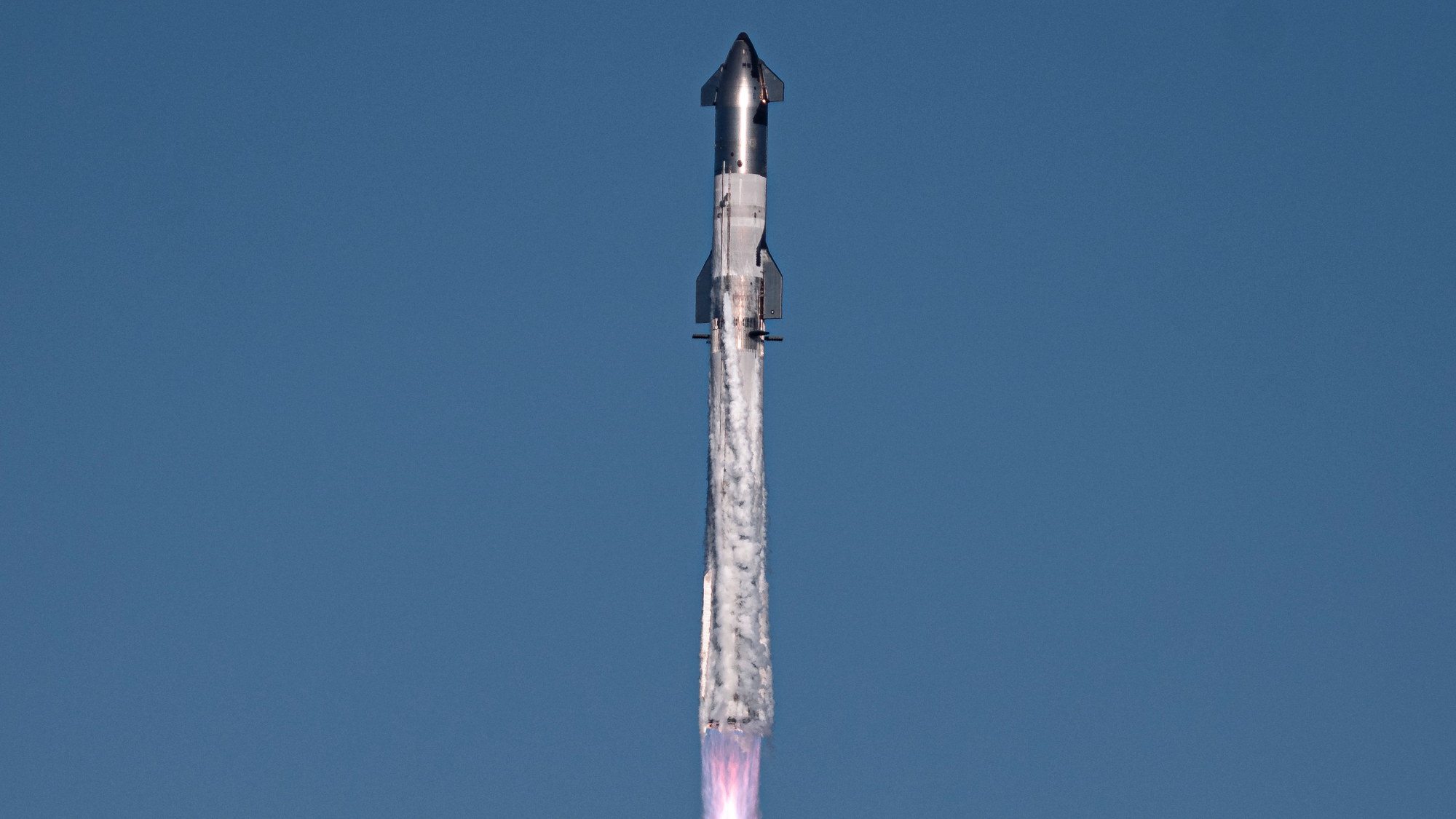
© SpaceX
In 1986, Voyager 2 flew by the ice giant Uranus. It was humanity’s first close-up view of the outer planet, and it remains the closest any spacecraft has ever come. On this trip, the spacecraft found 10 previously undiscovered moons, two rings, and a truly bizarre magnetic field that has baffled scientists ever since. MostContinue reading "Uranus may not have a weird magnetic field after all"
The post Uranus may not have a weird magnetic field after all appeared first on Astronomy Magazine.


© Apu Gomes/Getty Images

© SpaceX

© Canadian Space Agency
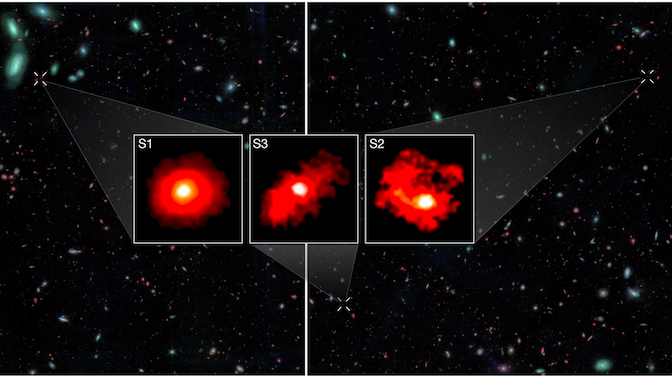
© NASA/CSA/ESA, M. Xiao & P. A. Oesch (University of Geneva), G. Brammer (Niels Bohr Institute), Dawn JWST Archive

© SpaceX/Blue Origin

© ESO/WFI (Optical); MPIfR/ESO/APEX/A.Weiss et al. (Submillimetre); NASA/CXC/CfA/R.Kraft et al. (X-ray)

© Future/Walmart

© NASA / Don Pettit
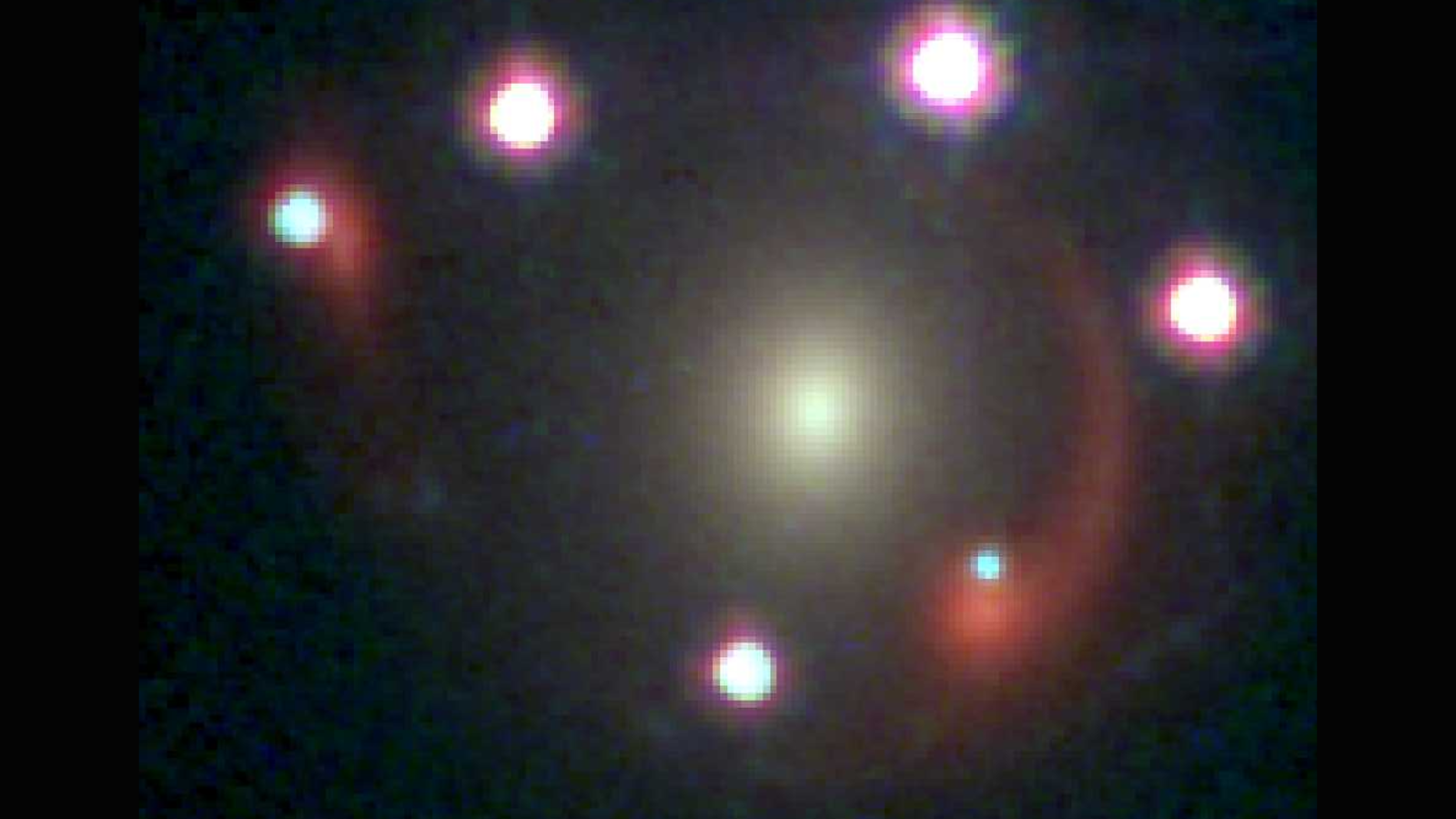
© Dux et al . 2024

© Blue Origin
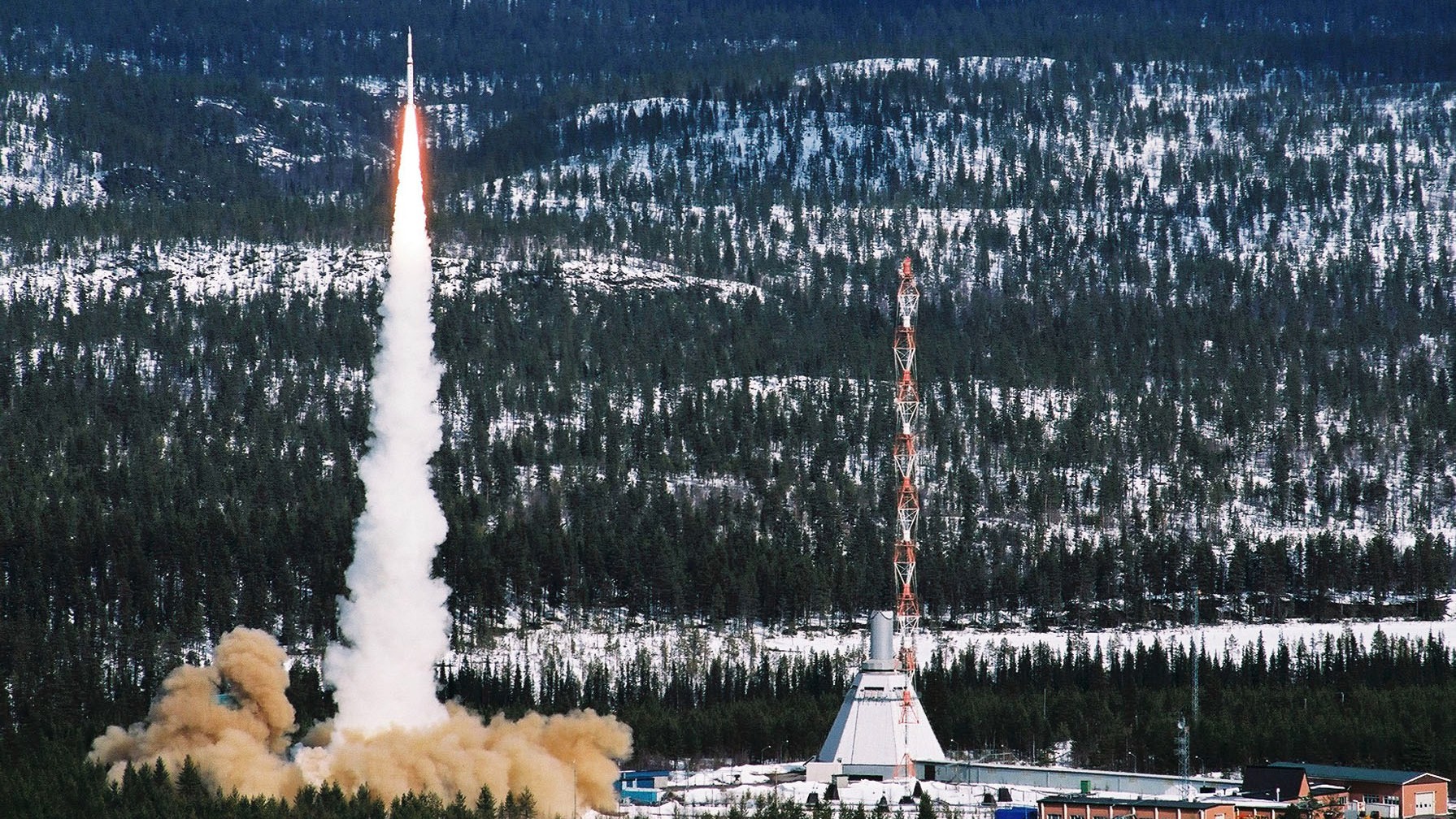
© ESA/ESRANGE/Lars Thulin
Author(s): Charles Day
A new analysis of B-meson decays strongly hints that they harbor physics beyond the standard model.
[Physics 17, s142] Published Thu Nov 21, 2024
Author(s): Ryan Wilkinson
By manipulating and detecting nuclear spins in a tiny floating diamond, scientists have reported a record-long spin coherence time for a levitated system.
[Physics 17, s143] Published Thu Nov 21, 2024

© Paramount+

© NASA
When comet C/2024 S1 (ATLAS) was first discovered in late September, it was almost immediately identified as a member of the Kreutz family of Sun-grazing comets. But it was highly unusual for a Kreutz comet — virtually all of these are only discovered in their last hours or days of existence, as they plunge towardContinue reading "How Comet ATLAS fizzled out"
The post How Comet ATLAS fizzled out appeared first on Astronomy Magazine.


© ESO/K. Ohnaka et al.

© SpaceX
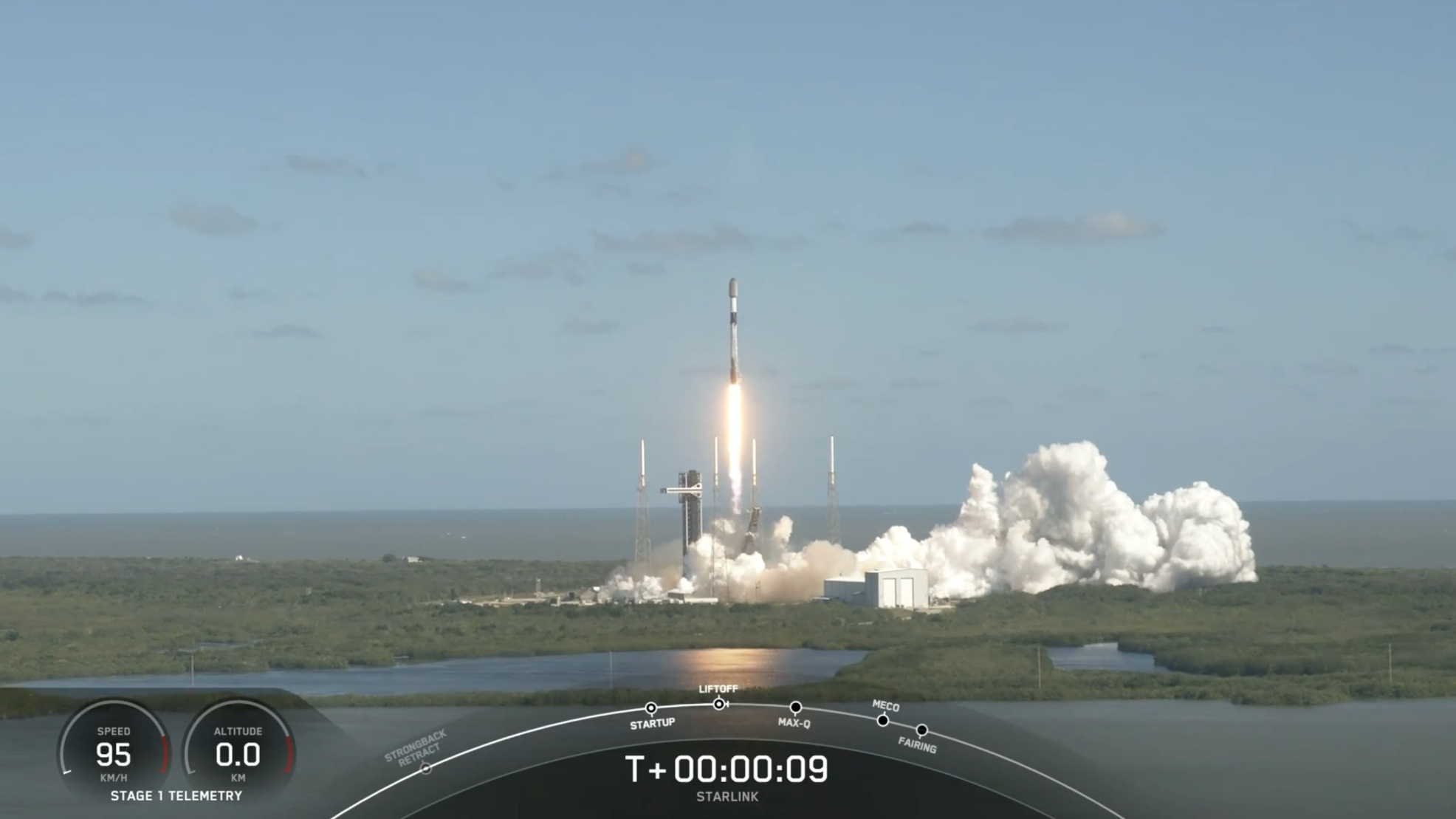
© SpaceX
با استفاده از مطالعهی جمعیت ستارهای۱ کهکشانها میتوان آنها را به دو دستهی کلی ستارهزا۲ و غیرستارهزا یا خاموش۳ طبقهبندی کرد. دستهی اول شامل کهکشانهایی است که جوان و در حال ستارهزایی هستند و دستهی دوم کهکشانهایی را شامل میشود که ستارهزایی در آنها متوقف شده است و جمعیت ستارهای پیرتری دارند. یکی از اهداف اصلی تلسکوپ فضایی جیمز وب۴، پاسخ به یکی از چالشبرانگیزترین سوالات در مطالعهی ساختار و تحول کهکشانها است: چگونگی شکلگیری سریع جرم کهکشانها در یک بازهی زمانی بسیار کوتاه، پایان یافتن ستارهزایی آنها و قرار گرفتن آنها در دستهی خاموش یا غیرستارهزا.
بر اساس تئوریهای موجود در زمینهی تحول کهکشانها پیشبینی میشود که برای مصرف تمام گاز مورد نیاز برای ستارهزایی به زمانی از مرتبهی میلیارد سال نیاز است (هر چند عواملی مانند بادهای ستارهای۵، بازخورد هستهی فعال کهکشانی۶، ادغام۷ و برهمکنش با دیگر کهکشانها میتوانند این فرآیند را تسریع کنند). در نتیجه انتظار میرود با نگاه کردن به فواصل دورتر (نگاه به گذشته در زمان) شاهد تعداد کمتری از کهکشانهای خاموش باشیم.
نویسندگان این مقاله با استفاده از دادههای به دست آمده از طیفسنج فروسرخ نزدیک تلسکوپ فضایی جیمز وب (NIRSpec) حضور یک کهکشان خاموش به نام GS-9209 با جرم ستارهای نزدیک به ۳۸ میلیون برابر جرم خورشید در انتقال به سرخ ۴/۶۵۸، تنها ۱/۲۵ میلیارد سال بعد از انفجار بزرگ۸ را گزارش میکنند. بر اساس مطالعات انجام شده توسط این گروه به نظر میرسد تمام جرم ستارهای این کهکشان تنها در یک بازهی زمانی ۲۰۰ میلیون ساله، قبل از به پایان رسیدن فعالیت ستارهزایی در انتقال به سرخ ۶/۵ معادل با زمانی که عمر کیهان تنها ۸۰۰ میلیون سال بودهاست، تشکیل شده باشد.
در این مقاله، نویسندگان خطوط جذبی طیف کهکشان GS-9209 را مطالعه کردهاند. بررسی خطوط جذبی طیف کهکشانها، یکی از روشهای مطالعهی تاریخچهی خاموشی کهکشانهای ستارهزا است. تصویر۱ طیف کهکشان GS-9209 را که توسط تلسکوپ فضایی جیمز وب رصد شدهاست، نشان میدهد. این طیف در بازهی طول موجی۵/۱ -۱/۷میکرومتر قرار دارد که شامل تعداد زیادی خطوط جذبی بالمر۹ (خط جذبی حاصل از گذار الکترون از تراز۲ به ترازهای بالاتر) است. طیف به دست آمده از این کهکشان خاموش با حضور این خطوط جذبی بالمر شباهت بسیار زیادی به طیف ستارگان نوع A داشته که با استفاده از آنها میتوان تحولات ستارهزایی را در طول زمانی از مرتبهی حدود ۱۰۰ میلیون سال بررسی کرد. به بیان سادهتر، این ستارگان اطلاعات مربوط به تغییرات ستارهزایی در طی ۱۰۰ میلیون سال اخیر را در بر دارند. حضور این جمعیت ستارهای یادآور کهکشانهای پساستارهزا۱۰ در انتقال به سرخهای پایینتر و نشاندهندهی پایان ستارهزایی در یک بازهی کوتاه، در حدود طول عمر ستارگان نوع A بر روی رشتهی اصلی است. نویسندگان این مقاله برای تعیین عمق هر کدام از این خطوط جذبی پهنای-همعرض۱۱ این خطوط را گزارش میکنند (پهنای-همعرض معیاری است که شدت یک خط جذبی را توصیف میکند). مطالعهی پهنای-همعرض خطوط مشاهده شدهی جذبی سری بالمر و پهنشدگی نسبی خط نشری نیتروژن-۲ نسبت به خط نشری پهن شدهی هیدروژن-آلفا (حاصل از گذار الکترون برانگیخته از تراز ۳ به ۲) به ترتیب نمایانگر غالب بودن جمعیت ستارهای در پیوستار و حضور هستهی فعال کهکشانی است.

شکل ۱. طیف گرفتهشده از GS-9209 با استفاده از طیفسنج تلسکوپ فضایی جیمز وب در ناحیهی فروسرخ نزدیک. خط سیاه مدل به دست آمده از کد Bagpipes برای برازش بر روی خطوط جذبی و نشری موجود در طیف را نمایش میدهد. این کد با بهرهگیری از آمار بیز و همچنین در برداشتن فرضیات گسترده در مورد تاریخچهی ستارهزایی برای مدل سازی طیف کهکشانها استفاده میشود.

شکل ۲. نرخ ستارهزایی کهکشان GS-9209 بر اساس تابعی از زمان. طبق این نمودار، کهکشان GS-9209، عمدهی جمعیت ستارهای خود را طی یک بازهی زمانی ۲۰۰ میلیون ساله، از حدود ۶۰۰ تا ۸۰۰ میلیون سال پس از انفجار بزرگ شکل دادهاست.
مطالعات خط نشری پهن شدهی هیدروژن-آلفا و نیتروژن-۲ بر روی طیف کهکشان GS-9209 نشان میدهد که این کهکشان دربردارندهی یک ابرسیاهچاله۱۲ با جرمی ۴-۵ برابر جرم قابل انتظار برای کهکشانهایی با جرم ستارهای مشابه GS-9209 است. بر اساس نتایج به دست آمده از بررسی تاریخچهی ستارهزایی در این کهکشان، میانگین نرخ ستارهزایی این کهکشان در ۱۰۰ میلیون سال گذشته تقریبا برابر با صفر است و این کهکشان را در دستهبندی غیرستارهزا قرار میدهد. بررسی بیشتر بر روی پیشینهی فعالیت این ابرسیاهچاله، بازخورد فعالیتهای ناشی از هستهی فعال کهکشانی را یکی از دلایل احتمالی برای توقف ستارهزایی در این کهکشان میداند. هستهی فعال کهکشانی باعث گرمایش گاز سرد (سوخت اصلی ستارهزایی) شده و کهکشانها را از حالت فعال ستارهزایی به حالت غیرفعال تبدیل میکند. GS-9209 یک نمونهی جالب توجه است که نشان میدهد تشکیل ساختارهای عظیمی مانند کهکشانها، در همان یک میلیارد سال اولیهی عالم و خاموشی ستارهزایی حداکثر تا ۸۰۰ میلیون سال بعد از انفجار بزرگ به خوبی صورت گرفتهاست.
۱. Stellar Population
۲. Star Forming
۳. Quiescent
۴. James Webb Space Telescope (JWST)
۵. Stellar Winds
۶.Active Galactic Nucleus (AGN) Feedback
۷. Merger
۸. Big Bang
۹. Balmer Absorption Lines
۱۰. Post-Starburst Galaxies
۱۱. Equivalent Width
۱۲. Super Massive Blackhole
شکل بالای صفحه: گروه کهکشانی HCG 87. در این تصویر کهکشانهای ستارهزا و غیرستارهزا دیده میشوند. منبع: ویکیپدیا
عنوان اصلی مقاله: A massive quiescent galaxy at redshift 4.658
نویسندگان: Adam C. Carnall et al
لینک اصلی مقاله: https://arxiv.org/pdf/2301.11413
گردآوری: فائزه اخلاقیمنش

© NASA/JPL-Caltech/MSSS

© Prime Video

© Ian Stokes
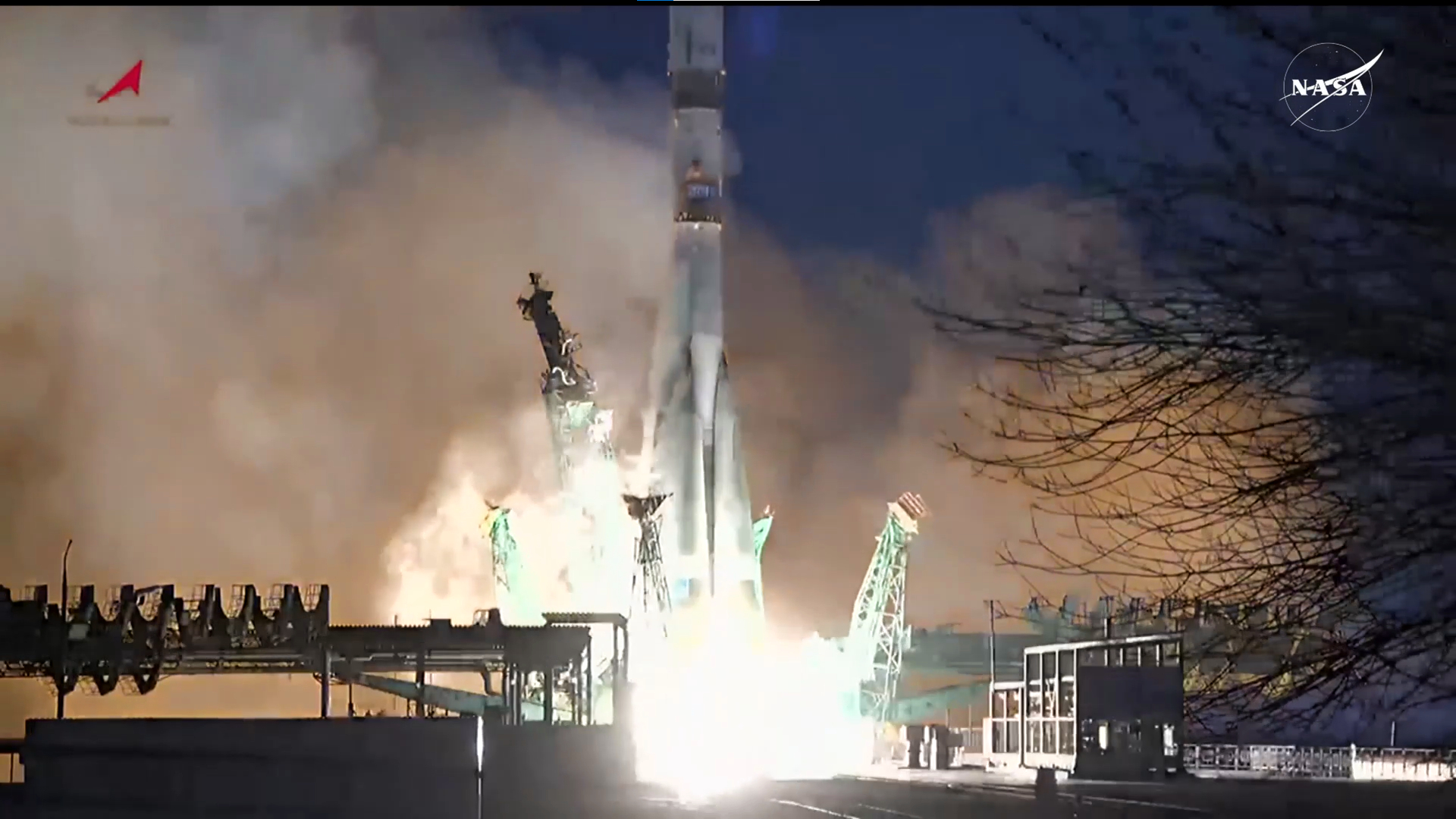
© Roscosmos TV / NASA TV

© Emanuela Tortosa
While it did not recreate the historic Super Heavy booster catch it pulled off last time, SpaceX continued to push the envelope during the sixth test flight of its Starship spacecraft. The largest and most powerful rocket ever built lifted off from SpaceX’s Starbase launchpad in Texas on Tuesday evening, Super Heavy’s 33 Raptor engines creating aContinue reading "SpaceX Starship Flight 6: No booster catch, but still pushing the envelope"
The post SpaceX Starship Flight 6: No booster catch, but still pushing the envelope appeared first on Astronomy Magazine.


© Warner Bros./Sony/Apple TV+/collectSPACE.com

© Kimberley Lane

© StockGood via Getty Images

© NASA

© NASA

© Mark Garlick/Science Photo Library/Getty Images
Not so far from Earth, an infant planet is just getting its start at life. And by peeking beneath the thick cocoon of material surrounding it, astronomers could be getting a rare chance to watch a world for which our solar system has no equivalent settle into its early life. The planet closely orbits theContinue reading "This young, shrouded super-Neptune could help teach us how such planets form"
The post This young, shrouded super-Neptune could help teach us how such planets form appeared first on Astronomy Magazine.


© NASA/JPL-Caltech/R. Hurt, K. Miller (Caltech/IPAC)
Author(s): Carlos Mejuto-Zaera
A new framework that embeds electrons in a surrounding bath captures nonlocal correlation effects that are relevant to metals, semiconductors, and correlated insulators.
[Physics 17, 164] Published Wed Nov 20, 2024
Author(s): Ryan Wilkinson
Contrary to conventional wisdom, a lattice of engineered nanoparticles called meta-atoms can have a chiral optical response even when each meta-atom is not chiral.
[Physics 17, s135] Published Wed Nov 20, 2024
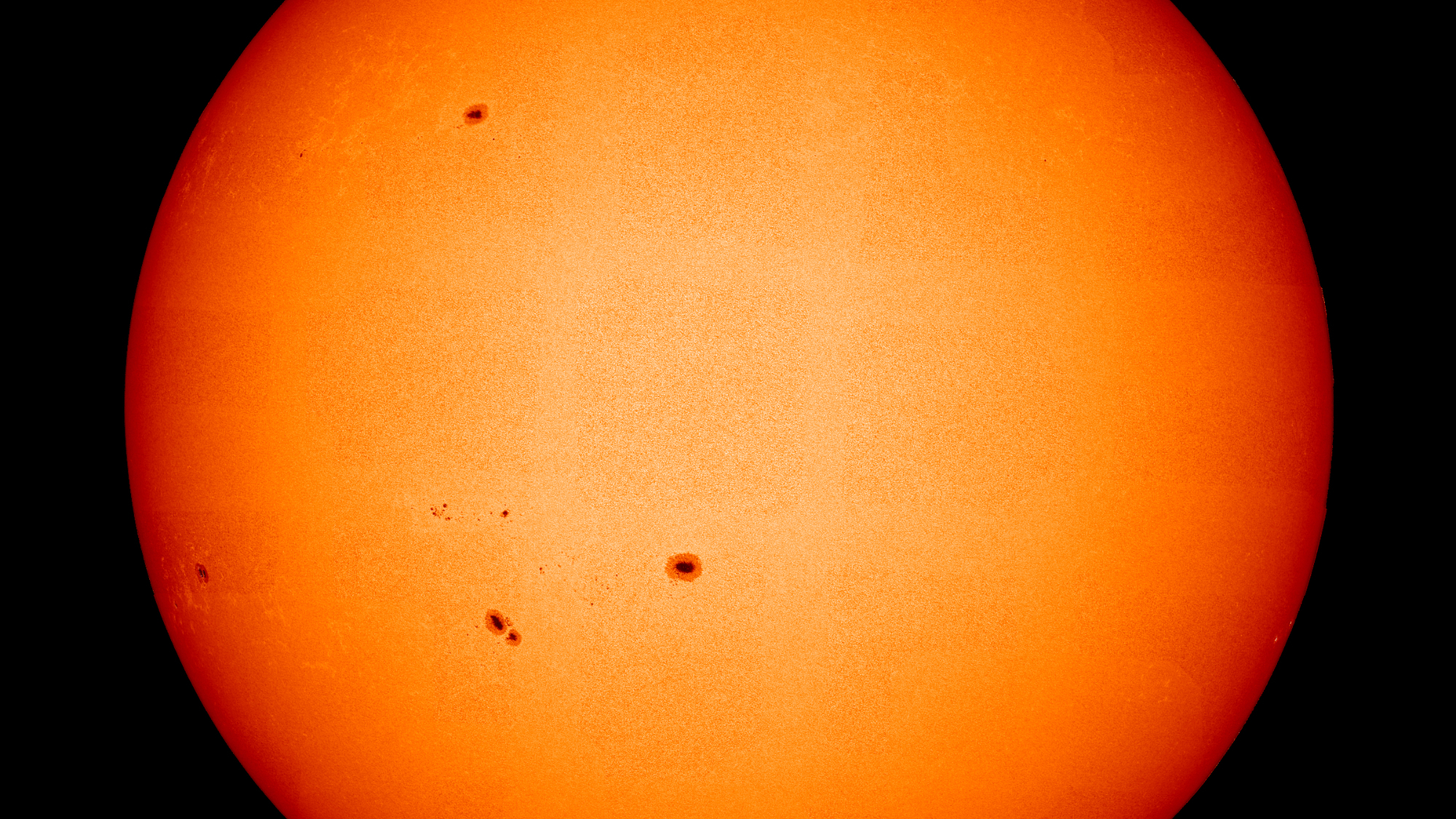
© ESA & NASA/Solar Orbiter/PHI Team
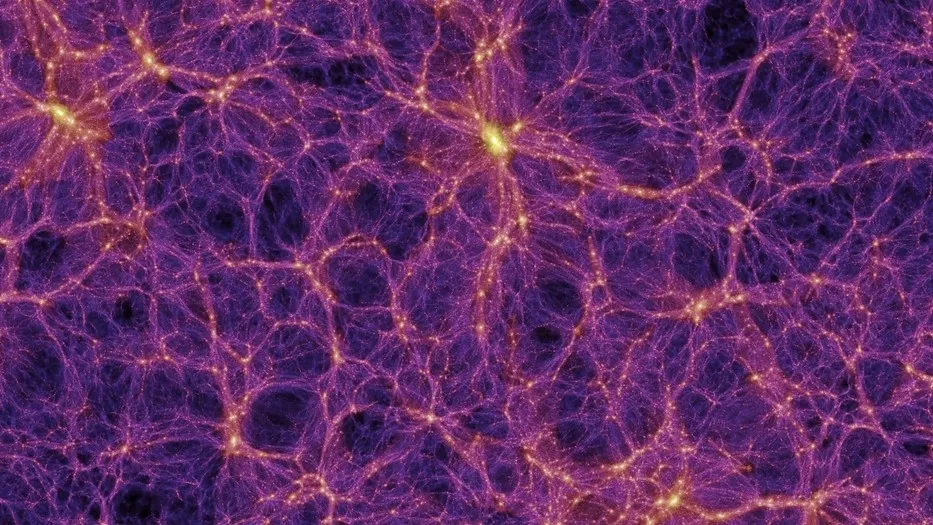
© ESA/ Springel et al., Virgo Consortium
In October, The Wall Street Journal reported that Boeing may shed its space business to focus on commercial aircraft and defense systems. This could be due in part to this summer’s test flight of its Starliner crew transport to the International Space Station (ISS), which adversely reshaped public opinion of the beleaguered aerospace titan. ButContinue reading "The past, present, and future of Boeing in space"
The post The past, present, and future of Boeing in space appeared first on Astronomy Magazine.


© Future/Oddballs

© Chris Vaughan/Starry Night

© SpaceX/collectSPACE.com

© Future
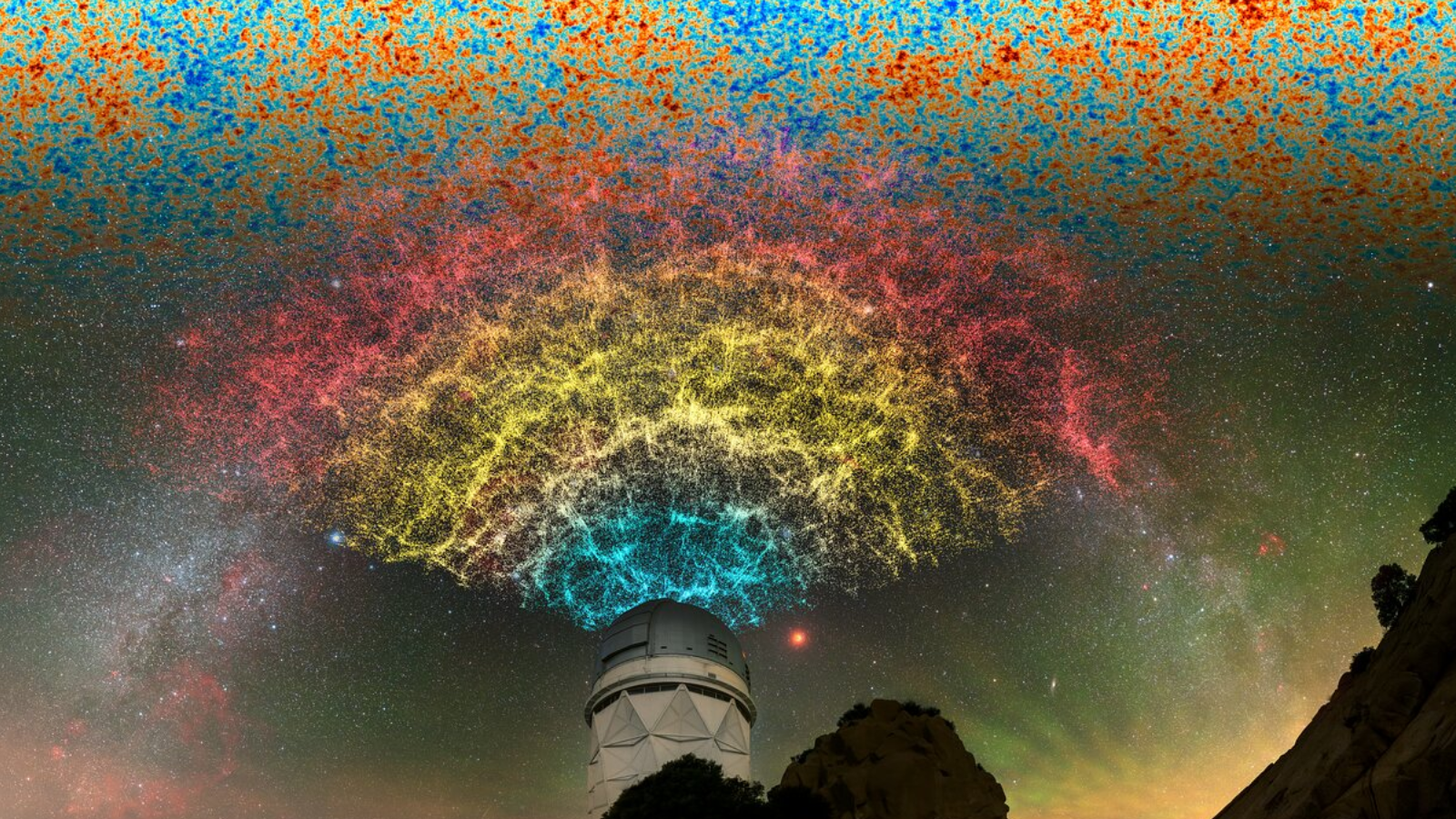
© DESI Collaboration/KPNO/NOIRLab/NSF/AURA/P. Horálek/R. Proctor

© Brandon Bell/Getty Images

© AARO/DOD

© SpaceX
Jeff Schilling from Houston, Texas The dark nebulae LDN 935/6 contrast with billowing clouds of bright emission from the North America Nebula (NGC 7000). For this close-up study of light and dark in motion, the imager took 13¼ hours of exposure in Hubble-palette filters.
The post The billowing cosmos appeared first on Astronomy Magazine.


© ISRO

© Future

© Marvel Studios

© Alan Dyer/VW Pics/UIG via Getty Images

© Jonathan Newton/The Washington Post via Getty Images

© NASA/Don Pettit
The game is afoot! Astronomers may have found some of the universe’s missing matter, thanks to one team’s cosmic detective work. The case has been open for more than 20 years. In the 1990s and early 2000s, scientists sleuthed out the universe’s contents using observations from the cosmic microwave background radiation and Big Bang models.Continue reading "Scientists discover significant ‘missing matter’ in the gas between galaxy clusters"
The post Scientists discover significant ‘missing matter’ in the gas between galaxy clusters appeared first on Astronomy Magazine.


© Rocket Lab
On Saturday, Nov. 16, in Flagstaff, Arizona, the astronomy world changed a bit. Lowell Observatory has long been a beacon of history in the cosmic universe. Here, Boston Brahmin Percival Lowell founded an institution to study the heavens from the far west in 1894. Here he famously studied Mars, an early obsession, believing it toContinue reading "Lowell Observatory celebrates a monumental renewal"
The post Lowell Observatory celebrates a monumental renewal appeared first on Astronomy Magazine.

Author(s): Charles Day
Low-frequency radio observations could allow researchers to distinguish among several dark matter models, thanks to dark matter’s influence on the early Universe.
[Physics 17, s132] Published Tue Nov 19, 2024
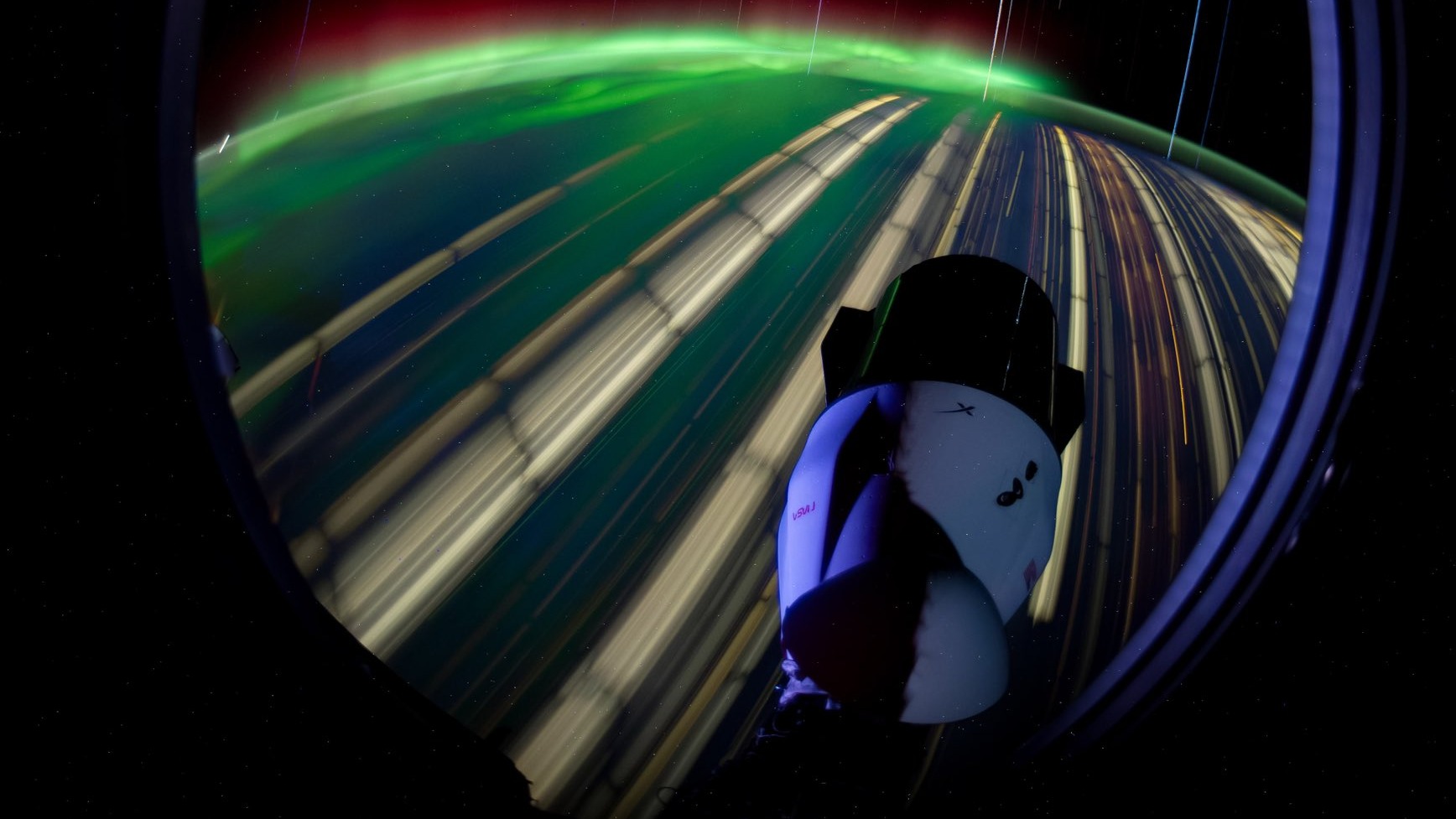
© NASA/Don Pettit

© INAF/VST-SMASH/C. Tortora et al. (2024)

© NASA/Caltech-IPAC/Robert Hurt

© Space.com / Josh Dinner

© Paramount

© Blue Origin

© Getty Images

© ABL Space Systems
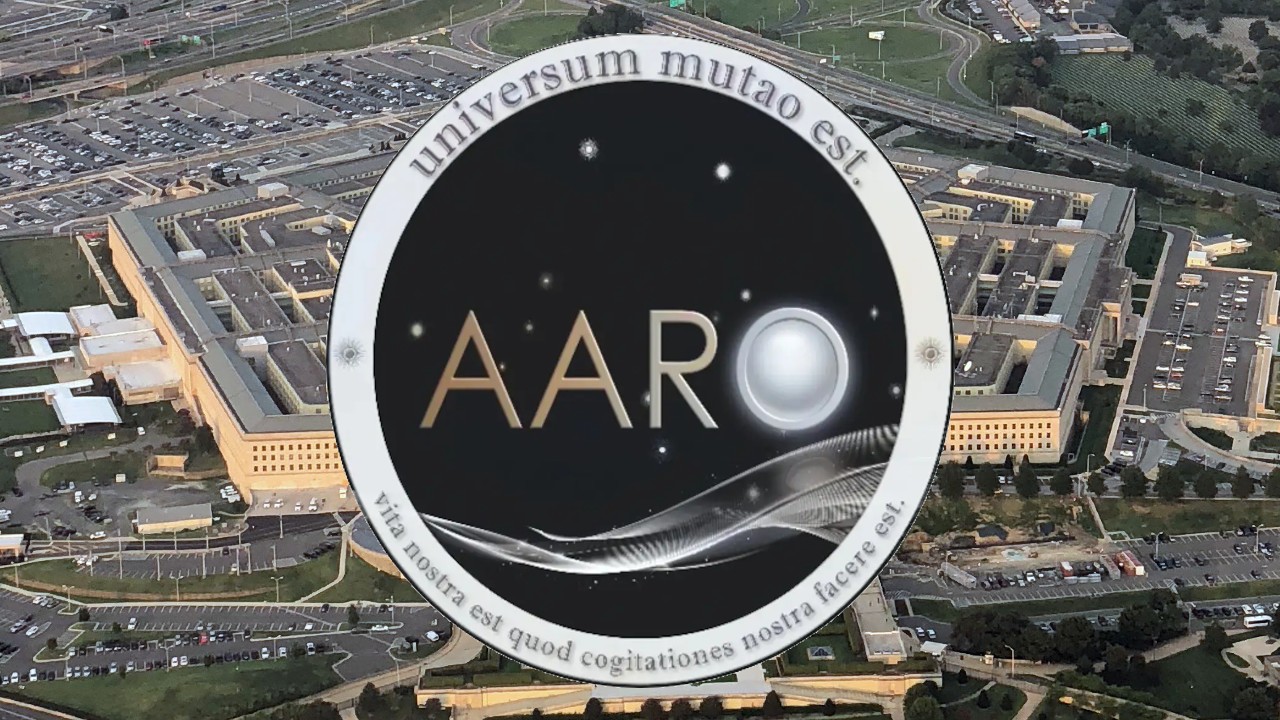
© AARO/Wikimedia Commons
Author(s): Michael Schirber
The experimental confirmation of supersolid vortices opens the prospect of making and studying laboratory analogues of rotating neutron stars.
[Physics 17, 166] Published Mon Nov 18, 2024

© Getty Images

© SpaceX

© SpaceX

© <a href="https://www.gettyimages.co.uk/search/photographer?photographer=Westend61" rel="nofollow">Westend61 via </a>Getty Images
Author(s): Benjamin Rotenberg
The identification of a new type of symmetry in statistical mechanics could help scientists derive and interpret fundamental relationships in this branch of physics.
[Physics 17, 163] Published Mon Nov 18, 2024

© Robert Lea (created with Canva)
How big is the ellipse that our planet travels in a year around the Sun? J.J. MüdespacherMexico City, Mexico Earth’s orbit around the Sun is not circular, but an ellipse that is slightly elongated with an eccentricity of 0.017. (An eccentricity of 0 is a circle, while the dwarf planet Pluto has a relatively highContinue reading "How big is Earth’s orbit around the Sun?"
The post How big is Earth’s orbit around the Sun? appeared first on Astronomy Magazine.


© HBO

© NASA, ESA, Ralf Crawford (STScI)

© NASA

© Apple TV+

© Applied Physics Lab and NASA Goddard Space Flight Center

© SpaceX via X

© SpaceX

© SpaceX via X

© SpaceX via X

© Future
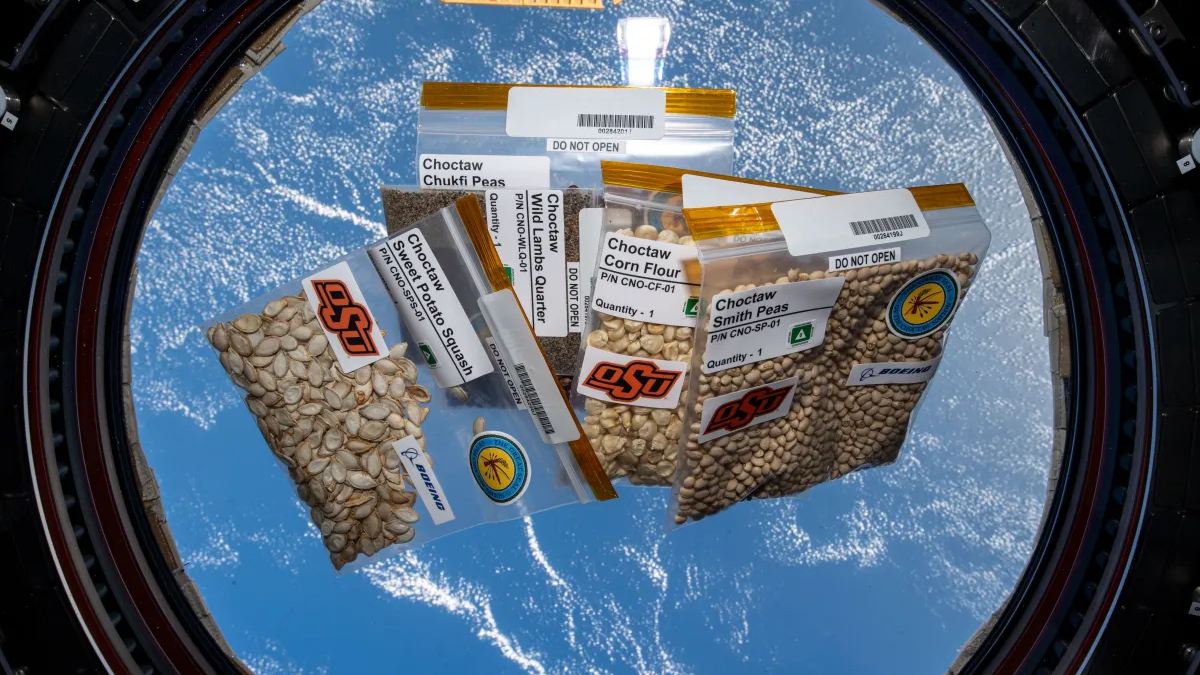
© NASA/Loral O’Hara

© Walter Sanders/The LIFE Picture Collection/Shutterstock

© Islam Dogru/Anadolu via Getty Images
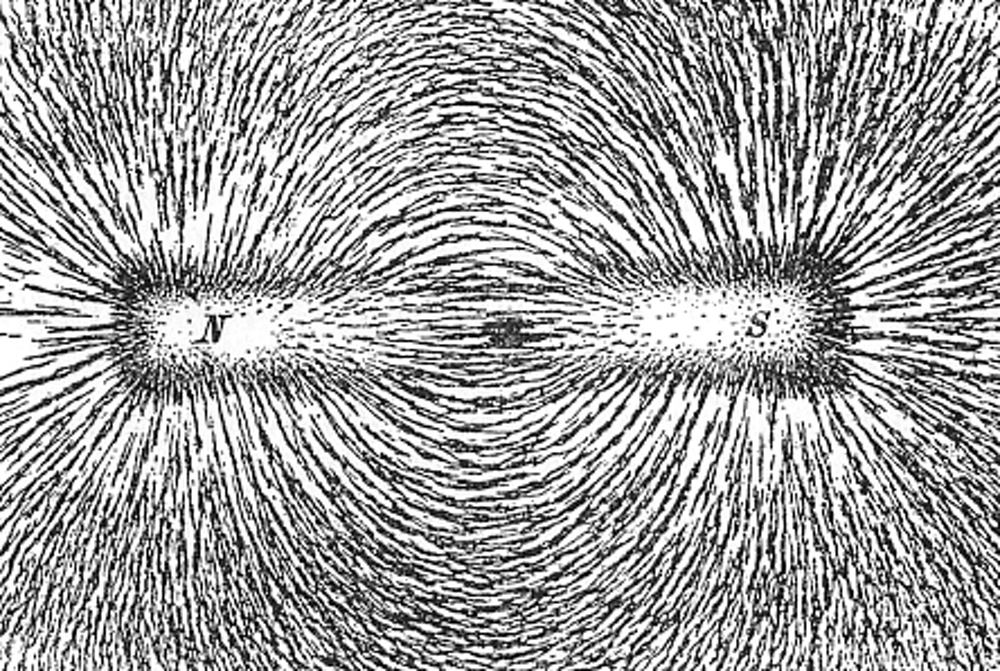
© Newton Henry Black/Wikimedia Commons
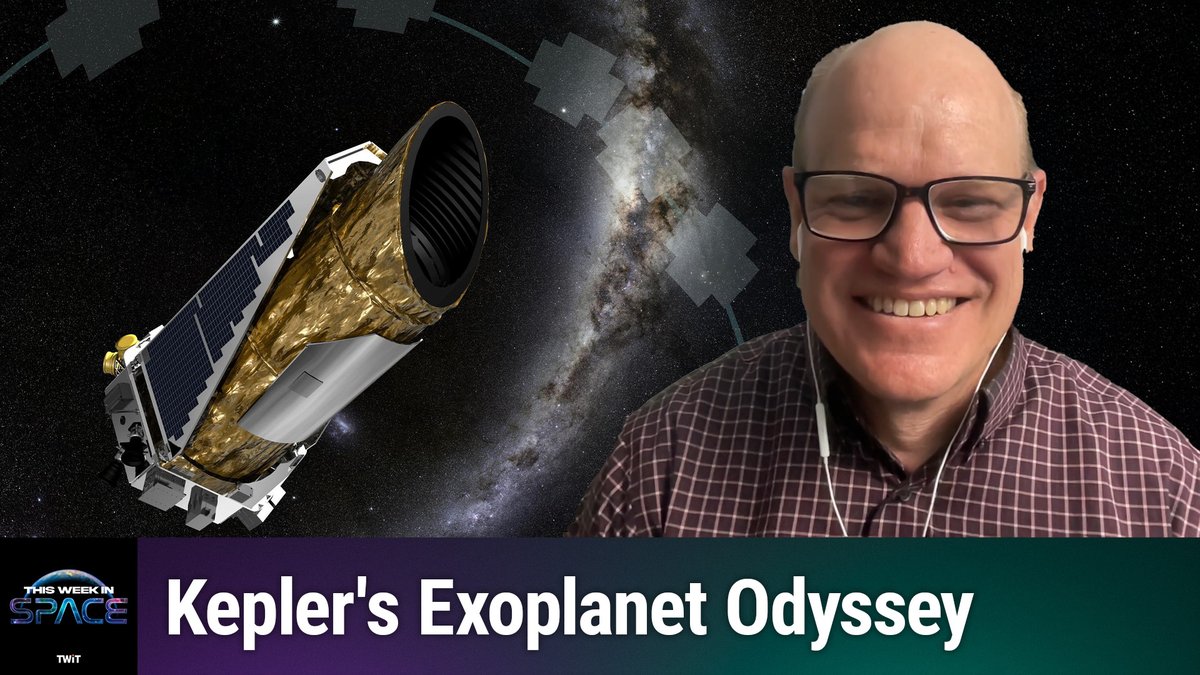
© TWiT

© Spacewoman Film

© USCRPL

© SpaceX via X
SpaceX is targeting the sixth test flight of its Starship spacecraft and Super Heavy booster — which comprise the largest and most powerful rocket system ever built — as early as Monday. Both the rocket and booster were moved to the launch mount this week for stacking. The mission, which like previous Starship flights willContinue reading "SpaceX Starship Flight 6: What to watch for"
The post SpaceX Starship Flight 6: What to watch for appeared first on Astronomy Magazine.


© SpaceX via X

© Blue Origin

© ESA-Science Office
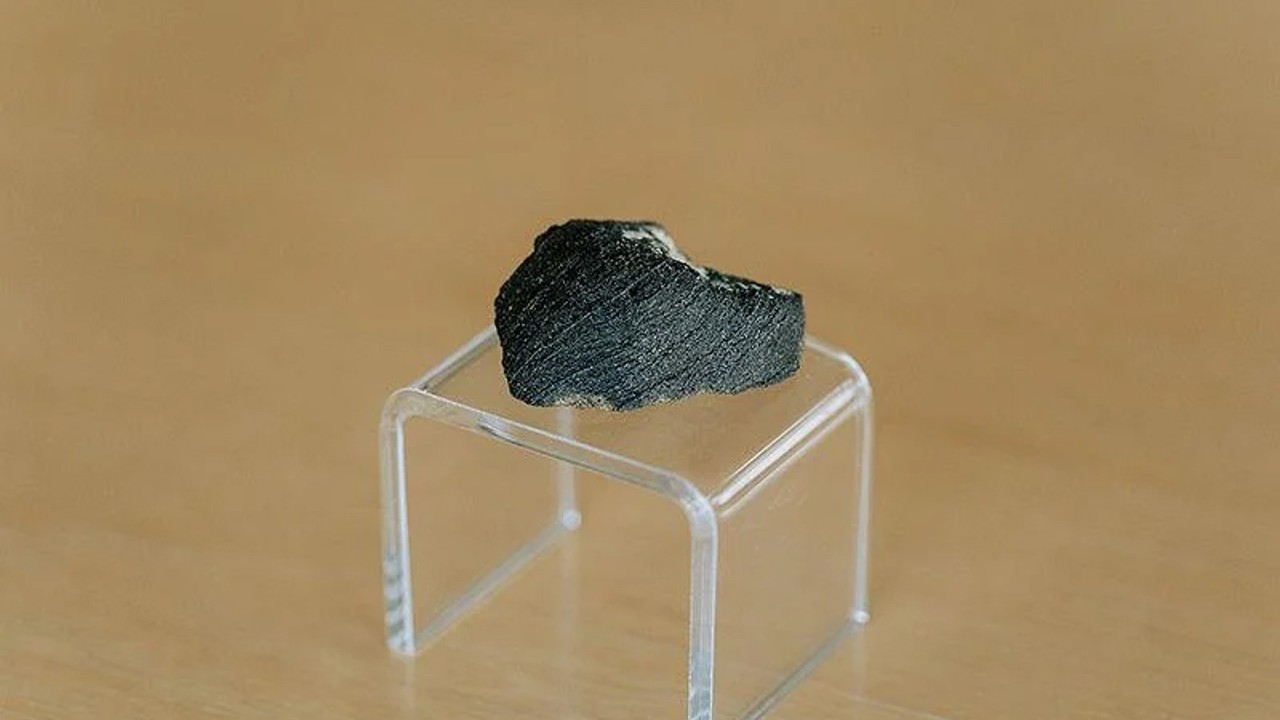
© Purdue Brand Studio

© NASA

© AARO/Wikimedia Commons

© NASA

© Jason Parnell-Brookes

© Space.com / Josh Dinner

© CNSA/CLEP

© Apple TV+

© Blue Origin

© Chris Vaughan/Starry Night
Astronomer Francesco D’Eugenio wasn’t looking for a murdered galaxy. His team set out to measure the motions of stars in a distant galaxy and to understand why they appeared so old. Similar massive galaxies in the early universe were typically bustling with new star formation, and D’Eugenio, a scientist at the Kavli Institute for CosmologyContinue reading "JWST just found a black hole starving its host galaxy to death"
The post JWST just found a black hole starving its host galaxy to death appeared first on Astronomy Magazine.


© Lorenzo Di Cola/NurPhoto via Getty Images
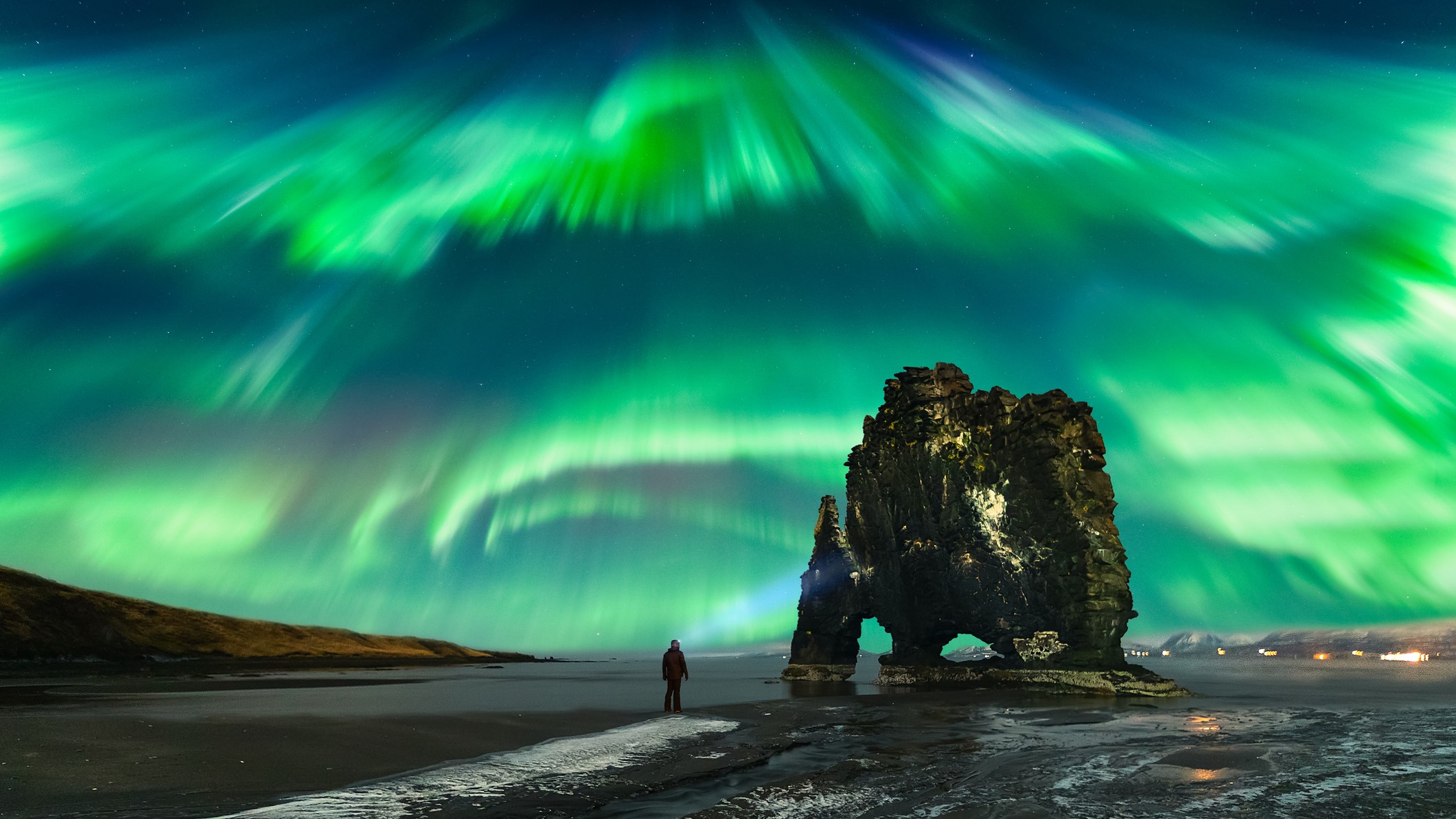
© Juan Maria Coy Vergara via Getty Images

© NASA/JPL
Kfir Simon, taken from Tivoli Farm, Namibia At a distance of 3,900 light-years in Norma the Square lies NGC 6164/5, also known as the Dragon’s Egg. Astronomers think the binary star at its center, HD 148937, was originally a triple system. The billowing outer shell was caused by stellar winds early in the system’s life;Continue reading "Draconic fratricide"
The post Draconic fratricide appeared first on Astronomy Magazine.

Friday, November 15We’re starting out the week strong with the Moon on center stage. November’s Full Moon, also called the Beaver Moon, occurs at 4:29 P.M. EST. But there’s more to this Full Moon — it’s a Super Moon, which occurs when the Moon reaches Full near its closest point to Earth, called perigee. ItContinue reading "The Sky This Week from November 15 to 22: 2024’s last Super Moon occults the Pleiades"
The post The Sky This Week from November 15 to 22: 2024’s last Super Moon occults the Pleiades appeared first on Astronomy Magazine.


© SpaceX via X

© Ivar Sandland
The European Space Agency’s Gaia emission has revealed two unexpected black holes orbiting stars like our own Sun. One minor problem: we’re not exactly sure how black holes like this should form. But a team of researchers might have an answer. Astronomers can’t directly observe black holes. That’s because by definition they do not emitContinue reading "How some black holes maintain long-distance relationships"
The post How some black holes maintain long-distance relationships appeared first on Astronomy Magazine.


© SpaceX

© JAXA, University of Tokyo, Kochi University, Rikkyo University, Nagoya University, Chiba Institute of Technology, Meiji University, University of Aizu, AIST

© CCTV

© AMS/Matthew Craig

© Canon

© NASA

© Paramount+

© Geralt via Pixabay
Author(s): Ryan Wilkinson
The observation of a previously unseen photon delay in the production of quantum light has implications for the development of quantum technologies.
[Physics 17, s130] Published Thu Nov 14, 2024

© Future/Amazon

© Lockheed Martin/David Wellendorf

© Blue Origin via X
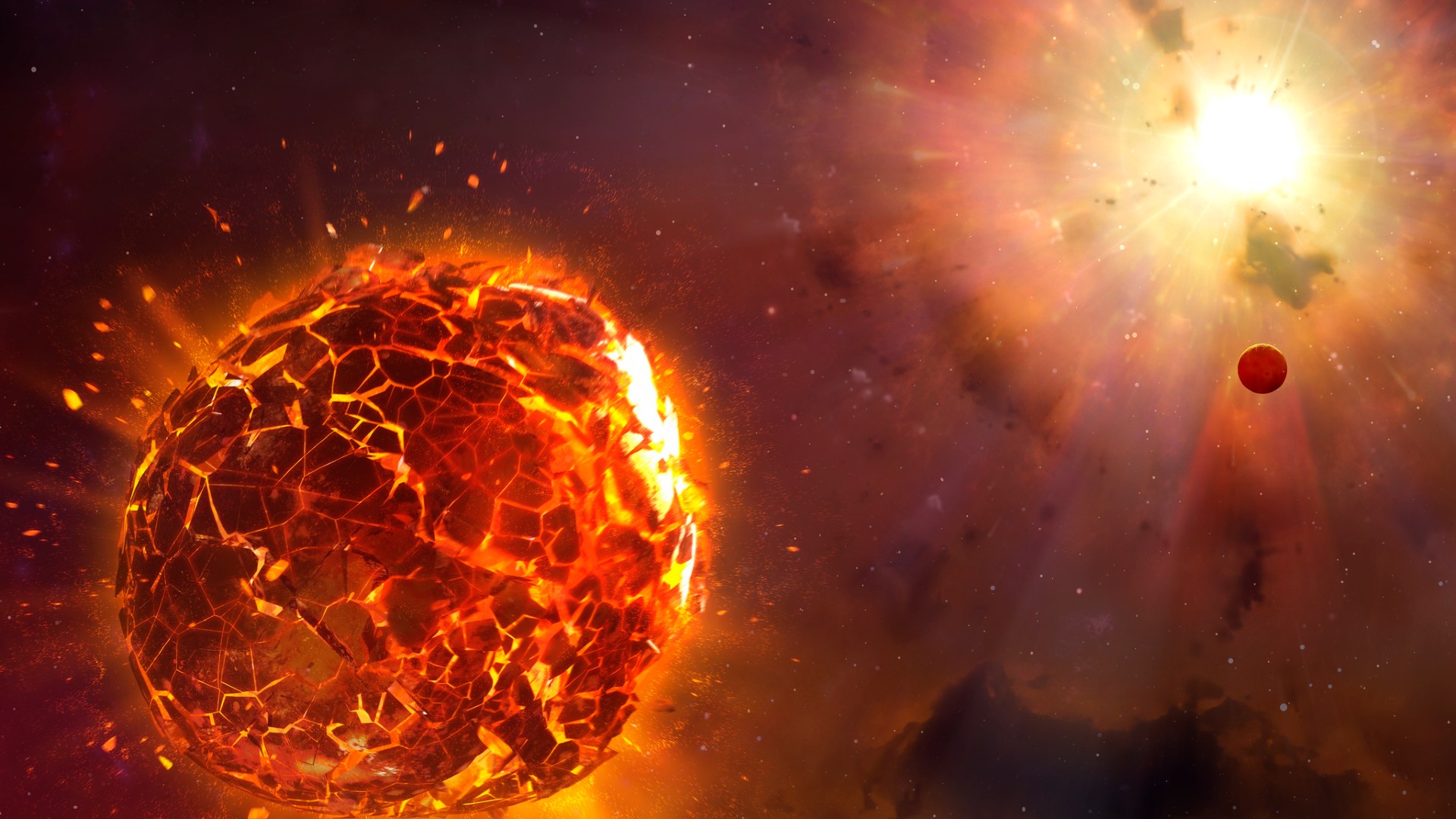
© Mark Garlick/Science Photo Library/Getty Images

© SpaceX via X
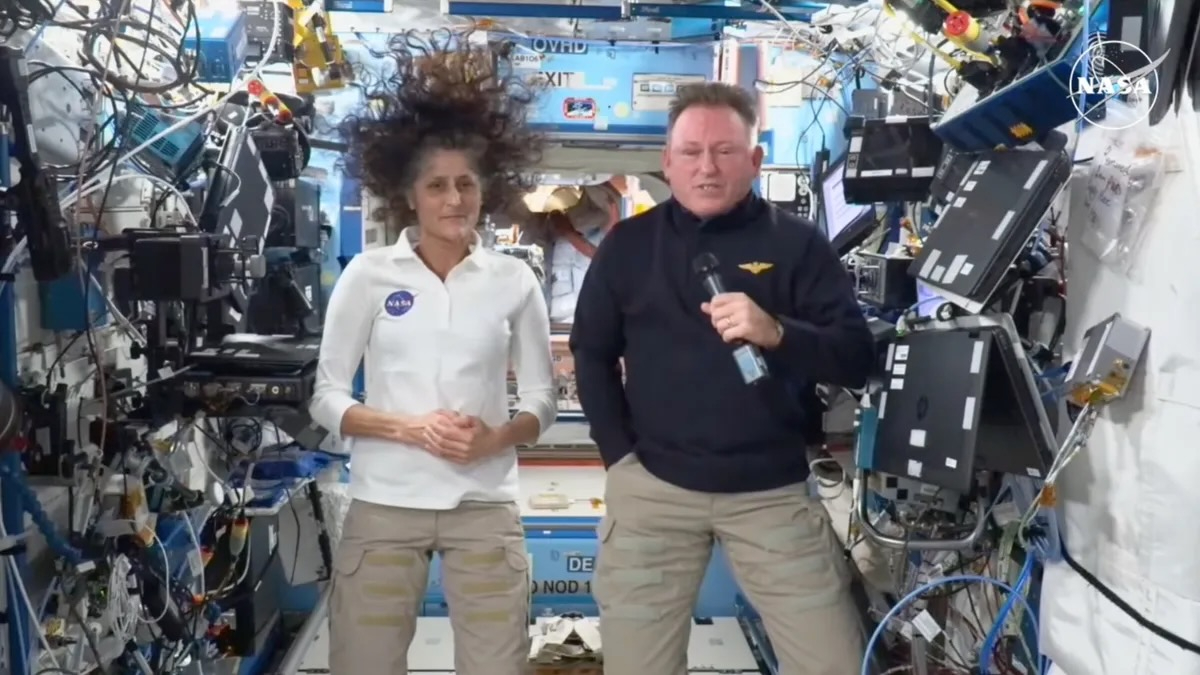
© NASA

© David Crane/MediaNews Group/Los Angeles Daily News via Getty Images

© SpaceX via X

© Future

© Getty Images/ANDREY DENISYUK

© Disney+

© NASA/SDO
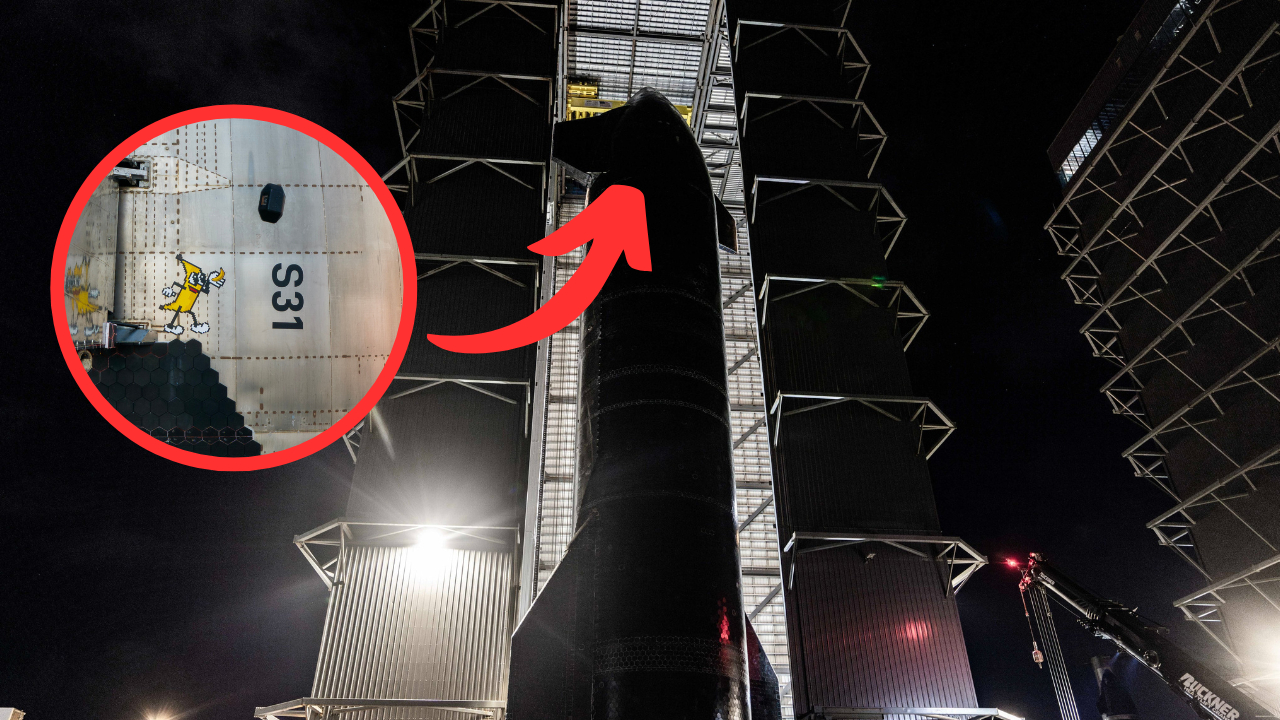
© SpaceX

© Lorenzo Di Cola/NurPhoto via Getty Images

© Alexandra Barymova / Lomonosov Moscow State University Marine Research Center
Researchers using the Low Frequency Array (LOFAR) radio telescope in Europe have discovered the second generation of Starlink satellites emit higher levels of radio waves that could pose a serious risk to radio astronomy. This issue of radio-wave emission is in addition to the sunlight that Starlink and other satellites reflect, which can be visibleContinue reading "New Starlink satellites could be 32 times brighter in radio waves than before"
The post New Starlink satellites could be 32 times brighter in radio waves than before appeared first on Astronomy Magazine.

Author(s): Agnese Curatolo
A new frequency-based analysis of recordings from neurons in the brain may give insight into brain pathologies such as Parkinson’s disease.
[Physics 17, s145] Published Wed Nov 13, 2024

© NASA

© ESA/Hubble & NASA, R. J. Foley (UC Santa Cruz)
Black holes are the universe’s shadowy figures, with many millions of them roaming unseen in our galaxy alone. These cosmic heavyweights famously destroy anything that wanders too close, tearing stars and other objects to shreds with their immense gravitational pull. But that may not be the end of the story for those doomed objects. AContinue reading "Could black holes create dark energy? "
The post Could black holes create dark energy? appeared first on Astronomy Magazine.


© NASA
Marco Meniero taken from Poggio Pinzuti, Italy The stars pirouette around Polaris above the hills of Tuscany near Pisa in this two-panel panorama taken with a Nikon Z9 mirrorless camera and a 70mm zoom lens. The imager captured 170 exposures of 15 seconds at f/4.5 and ISO 250.
The post Under the Tuscan suns appeared first on Astronomy Magazine.


© NASA/Bill Ingalls

© NASA/JPL-Caltech

© NASA

© China News Service

© NASA, ESA, CSA, STScI